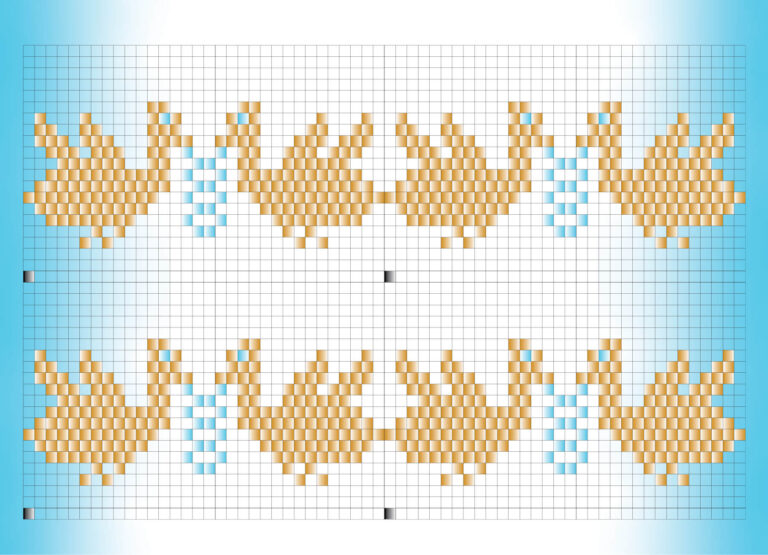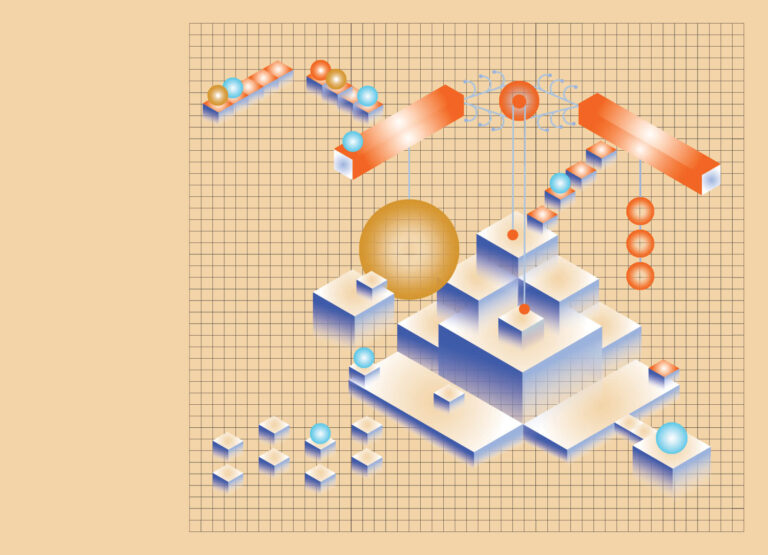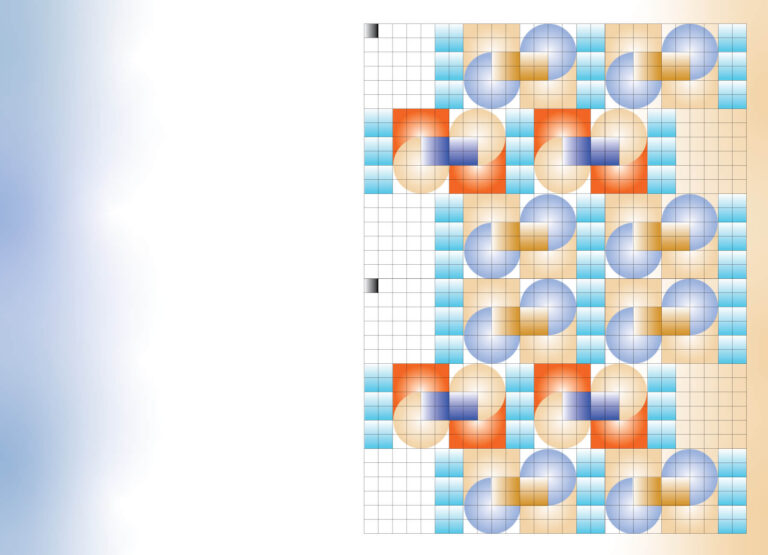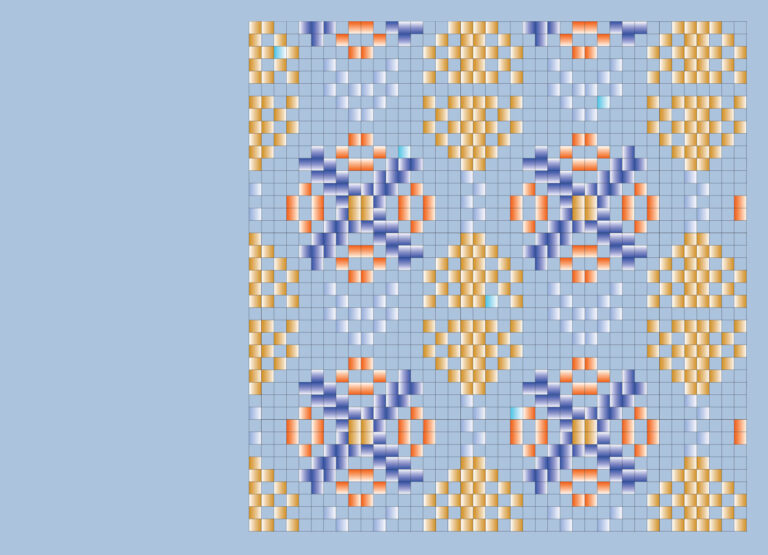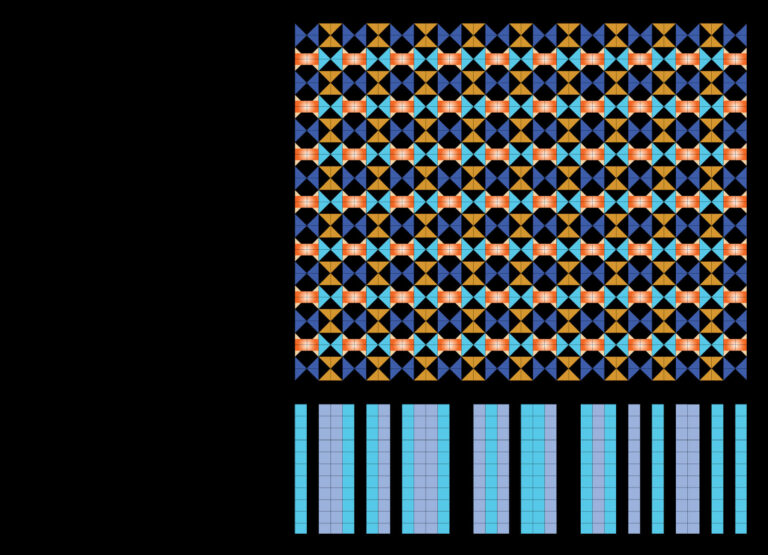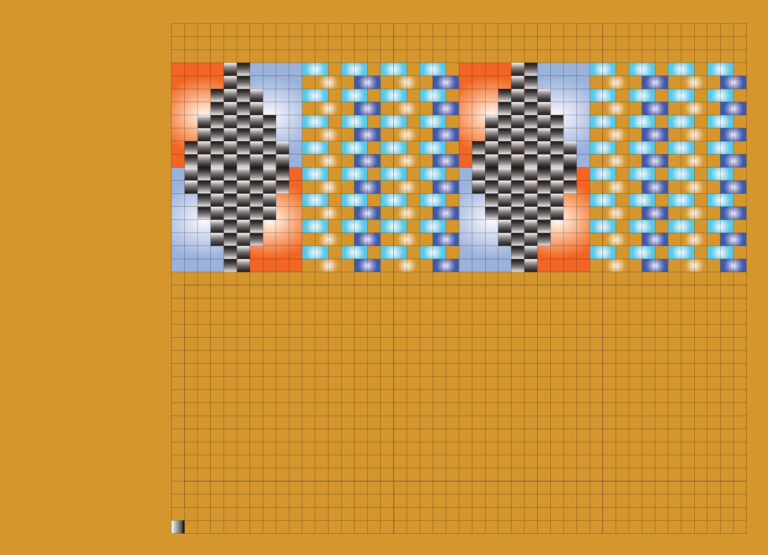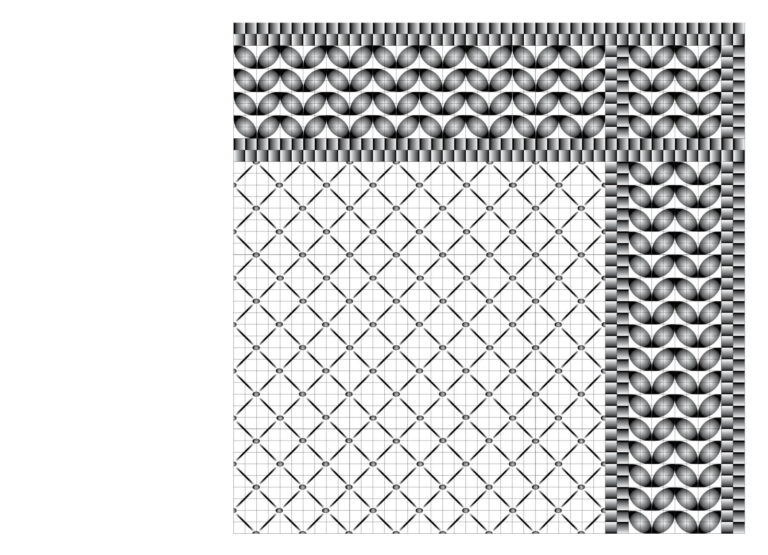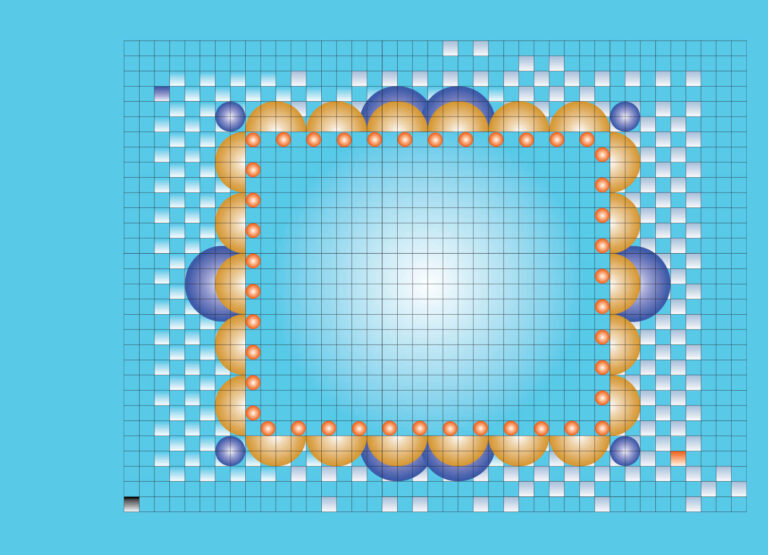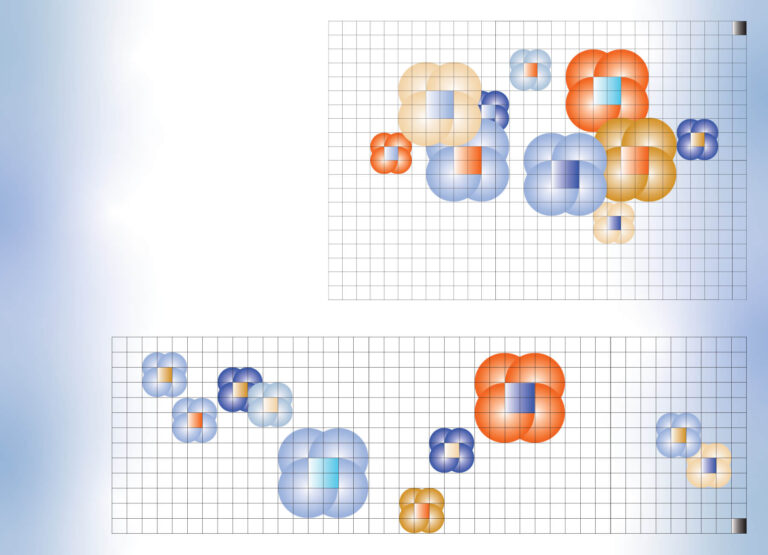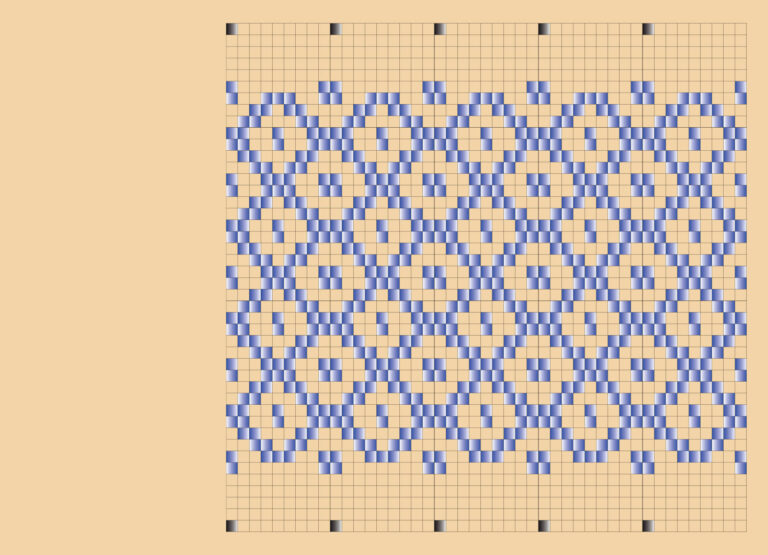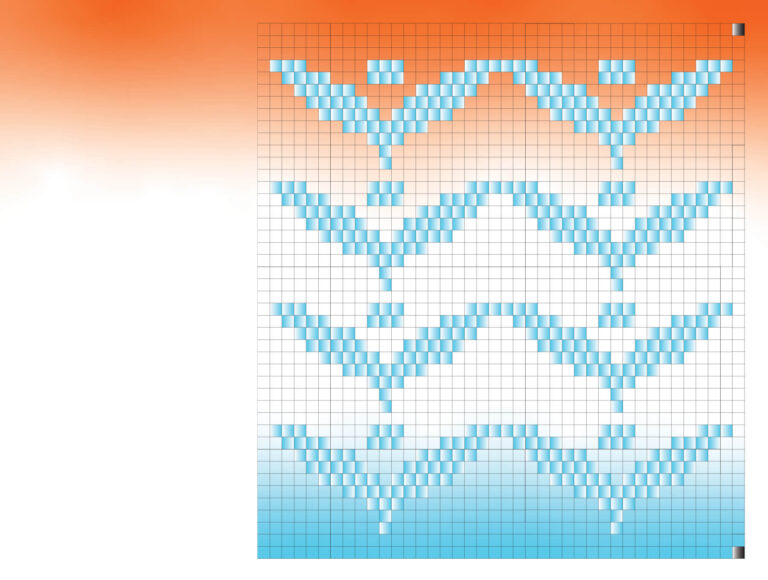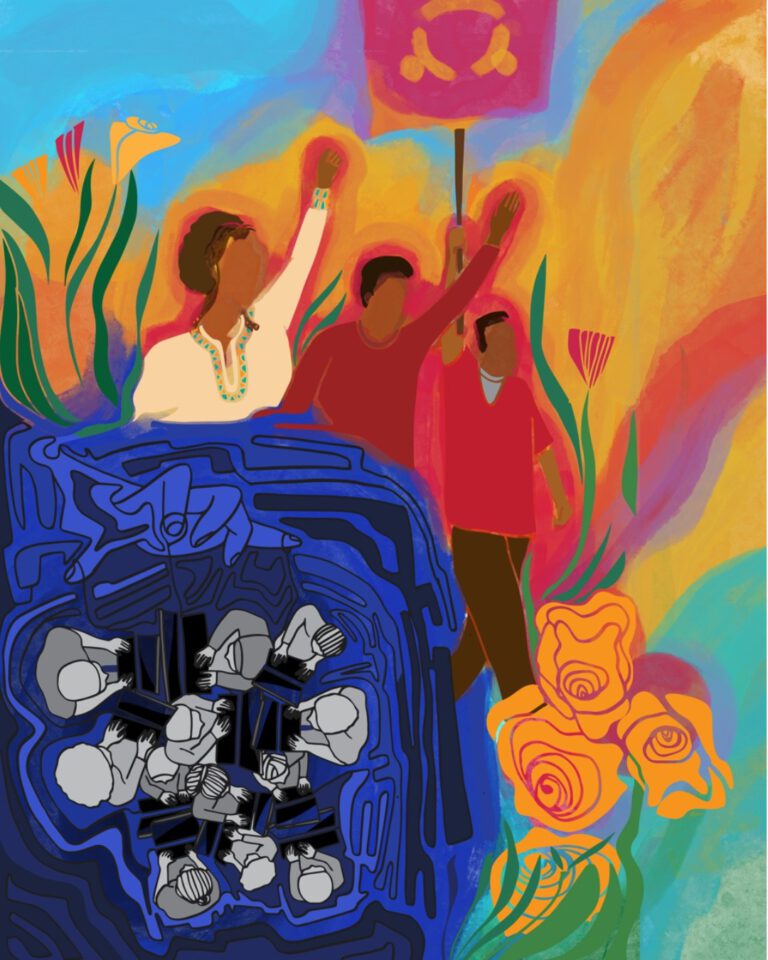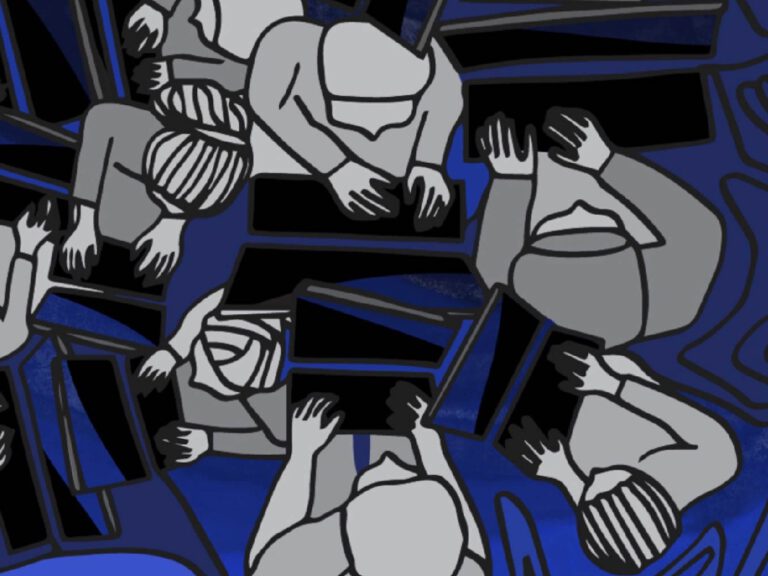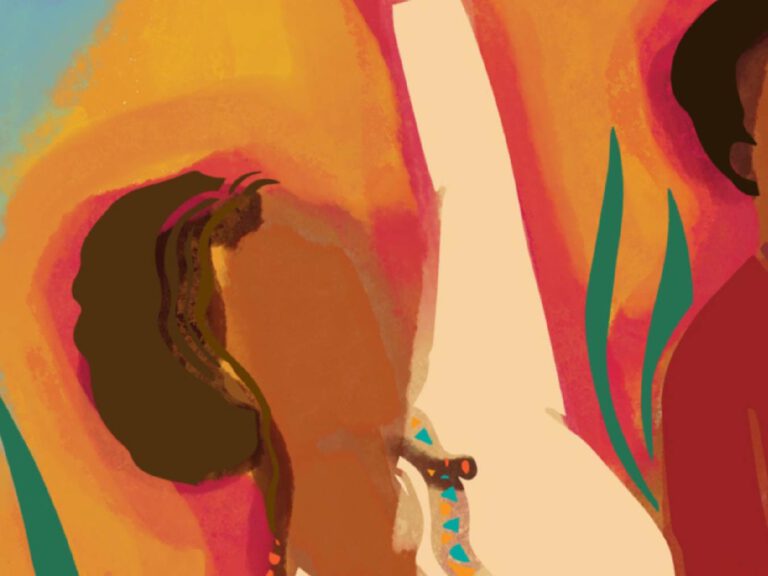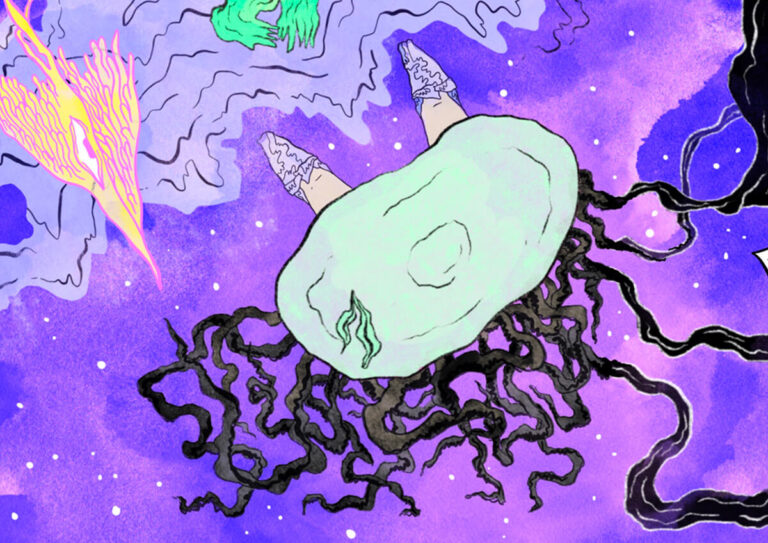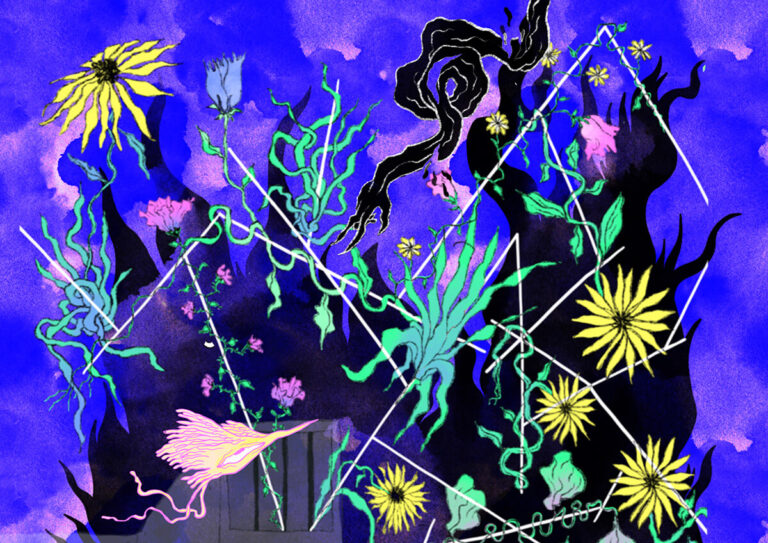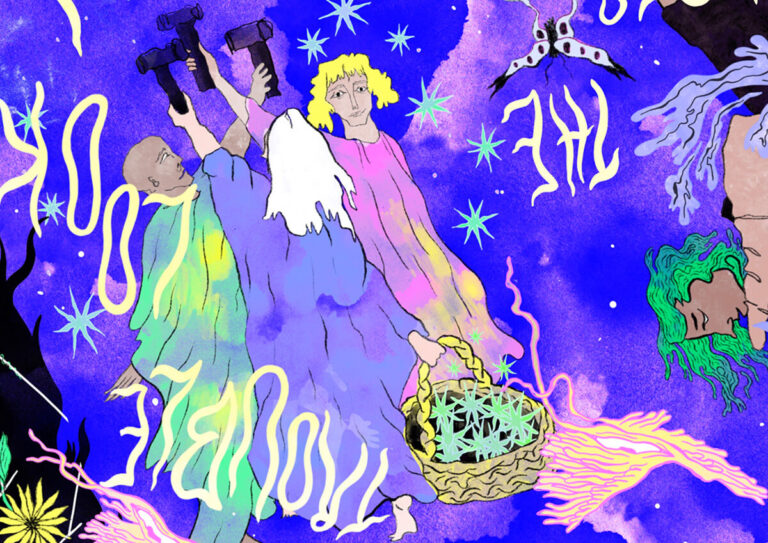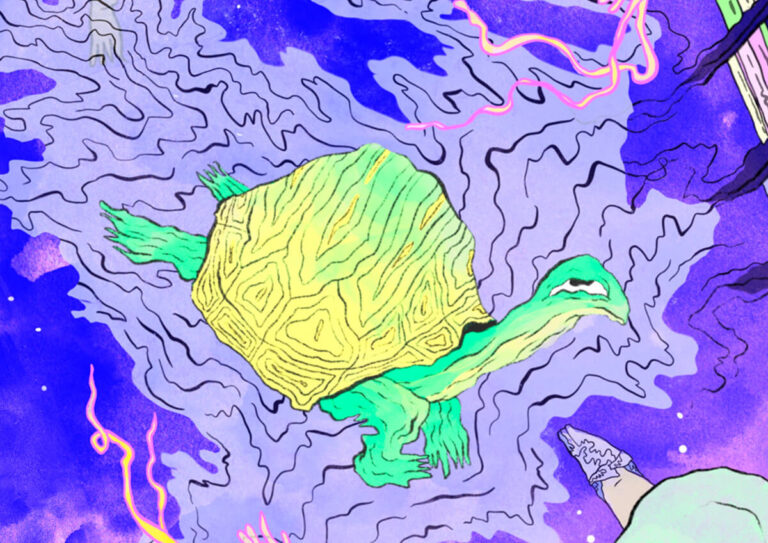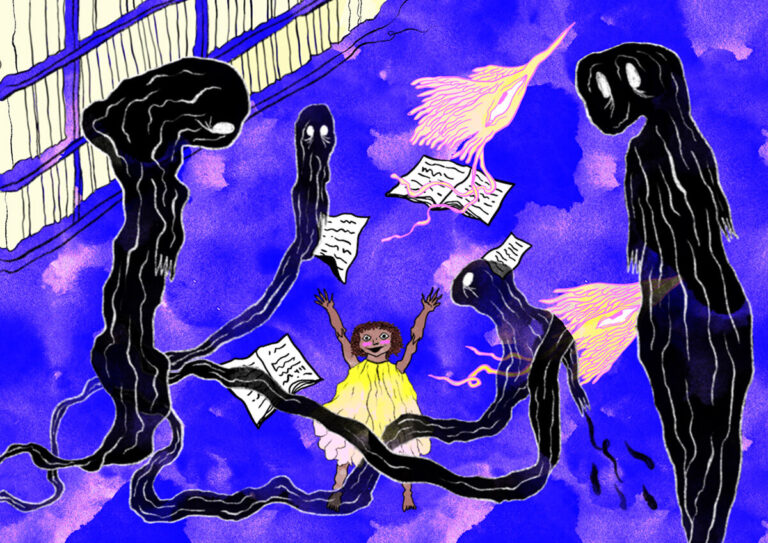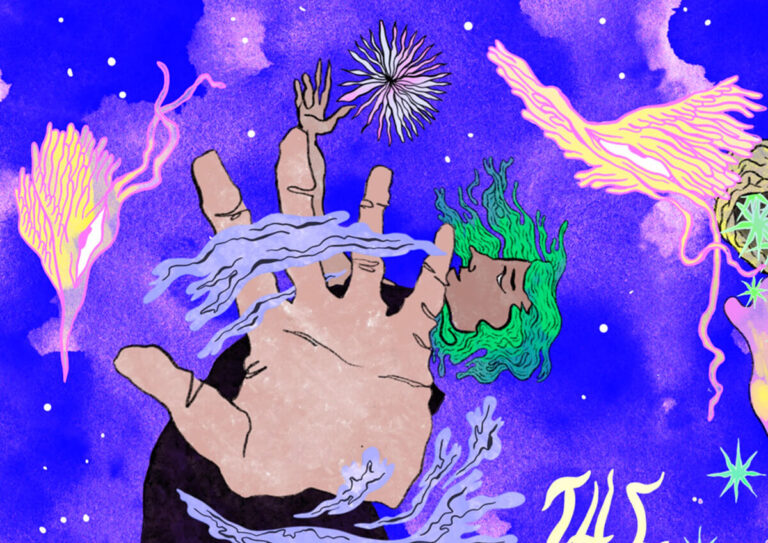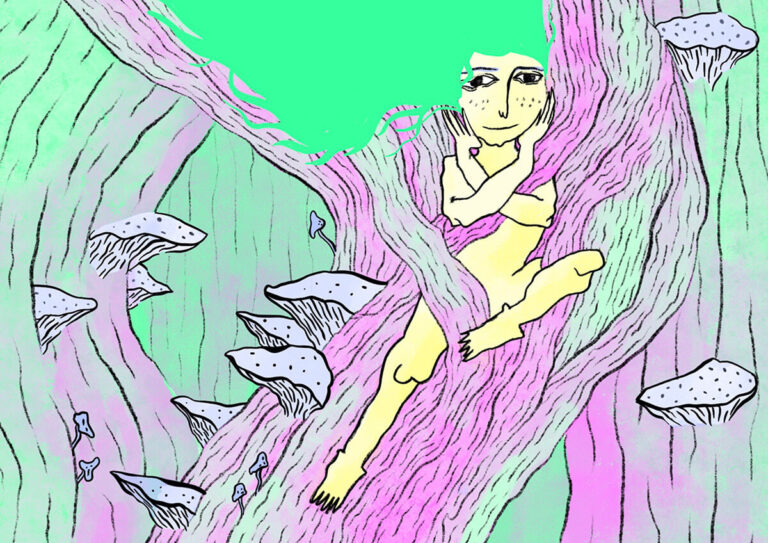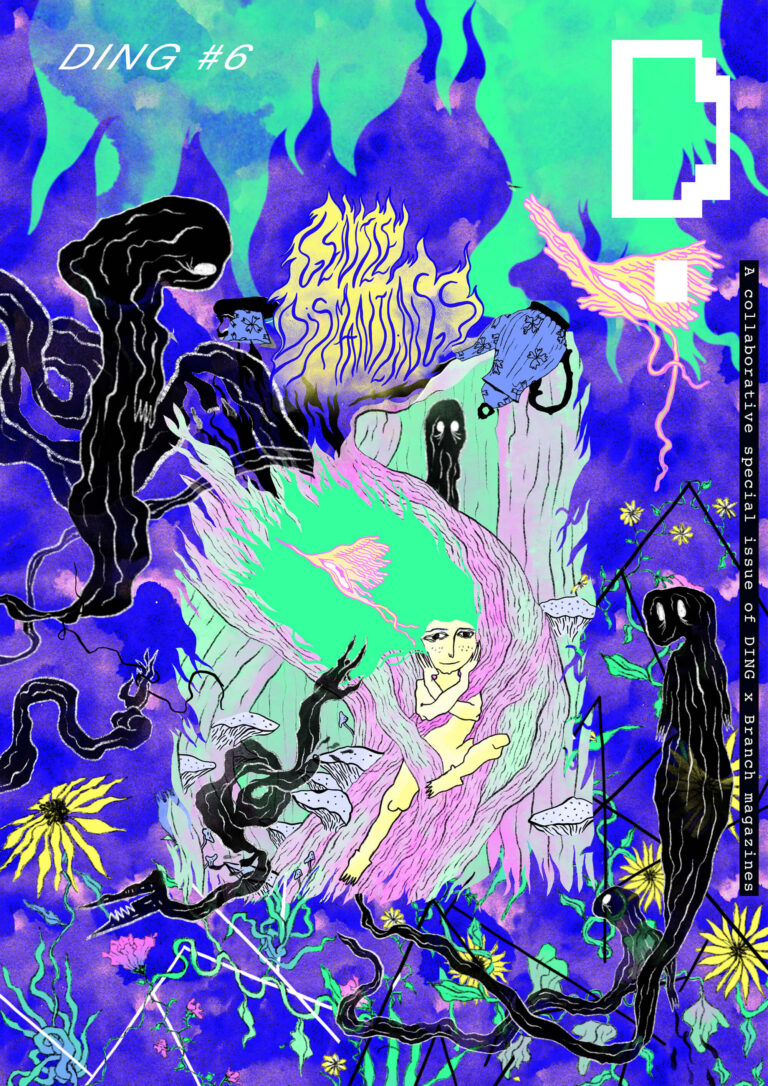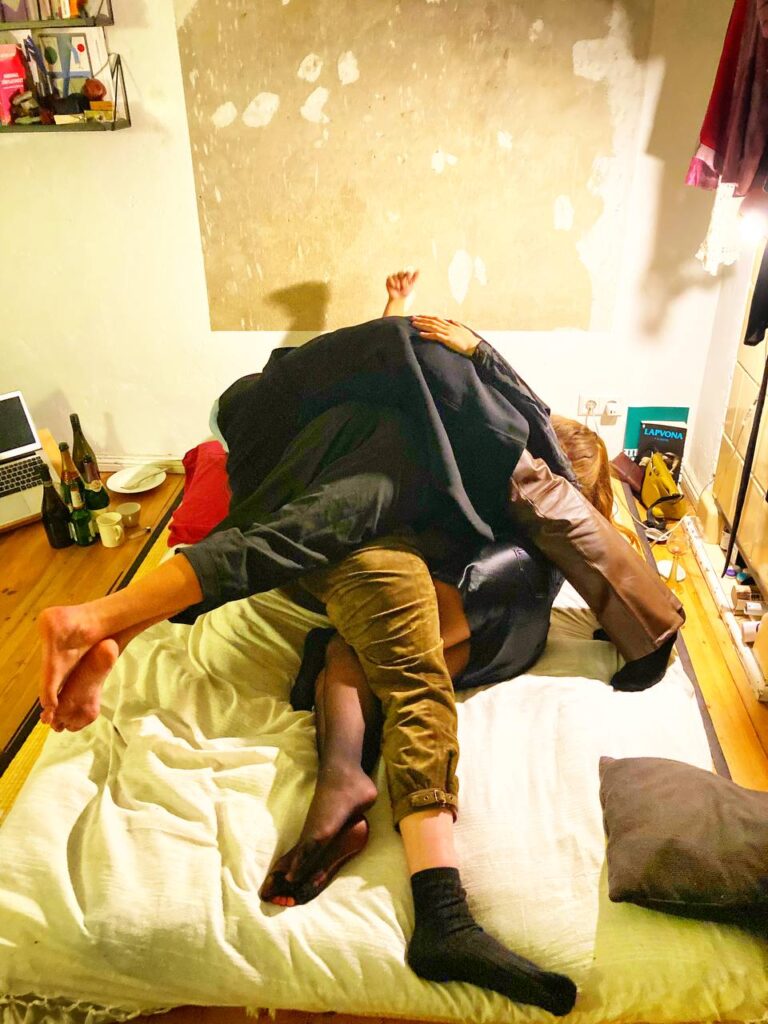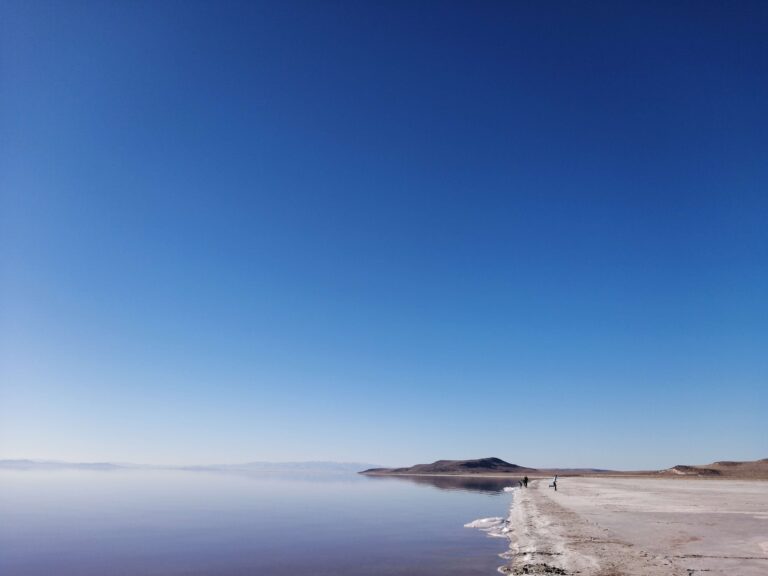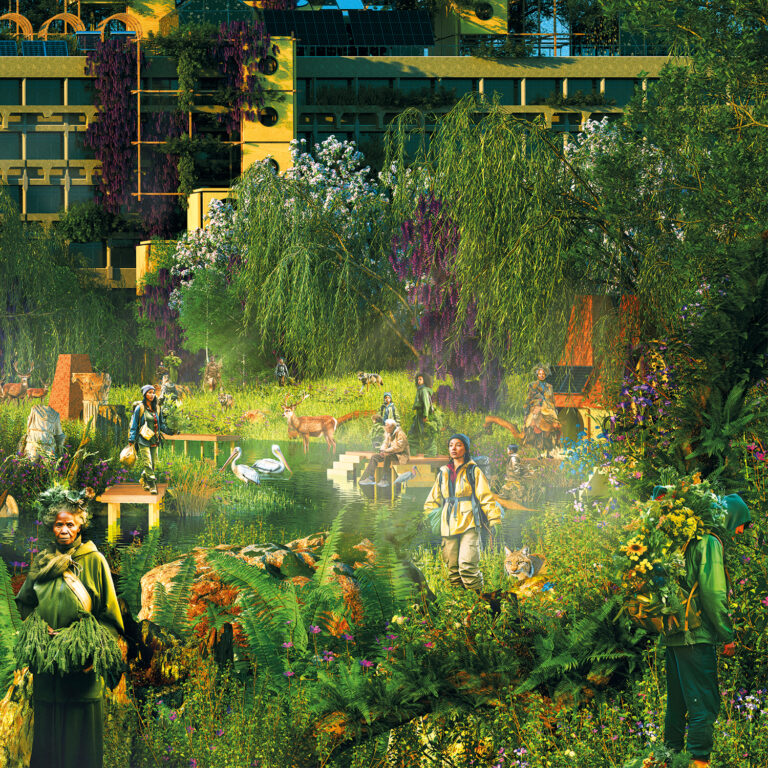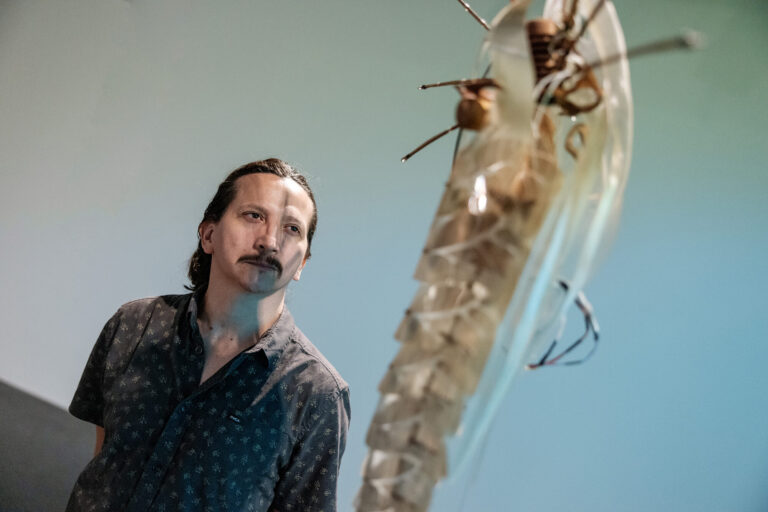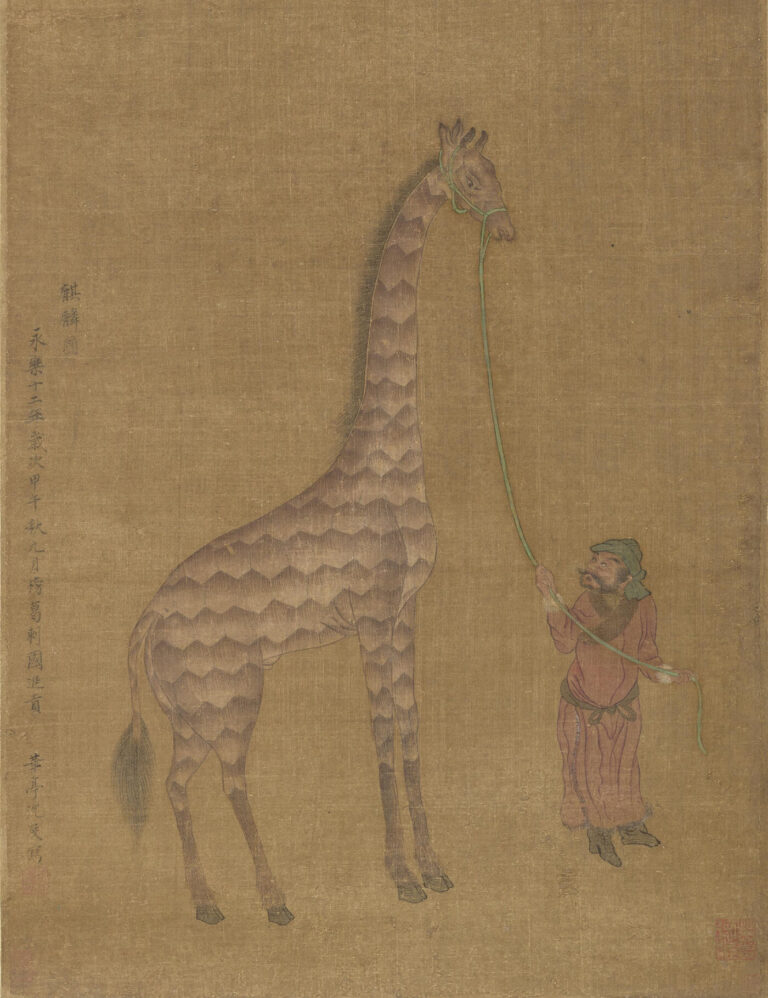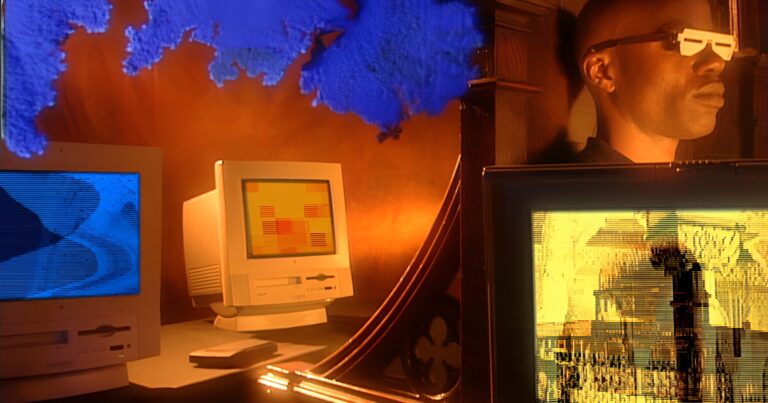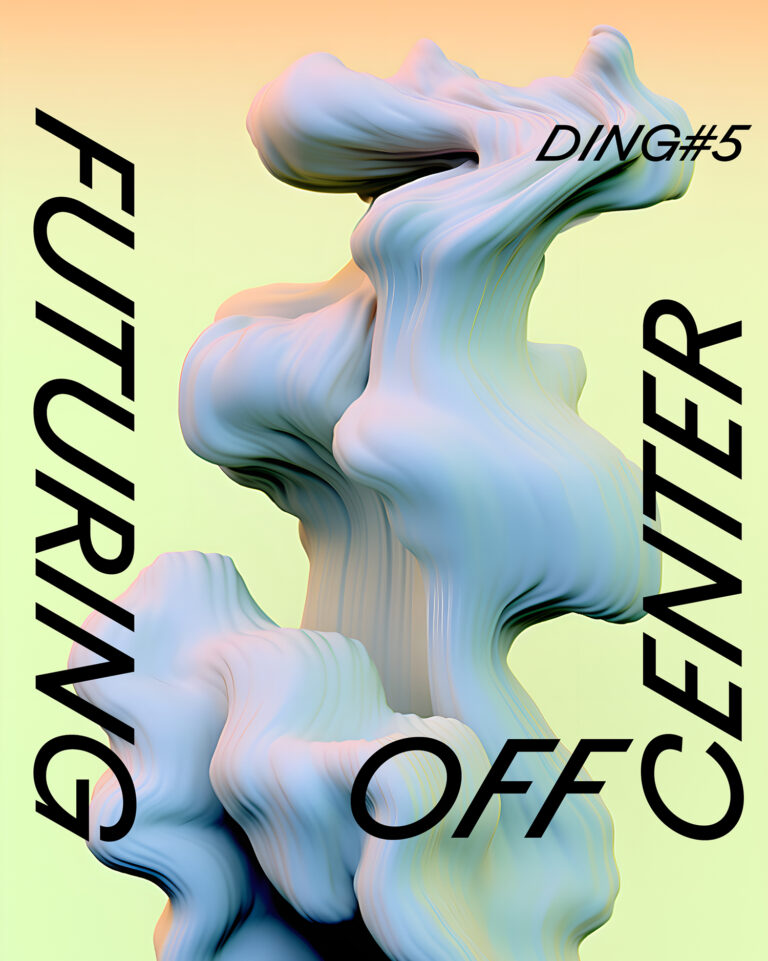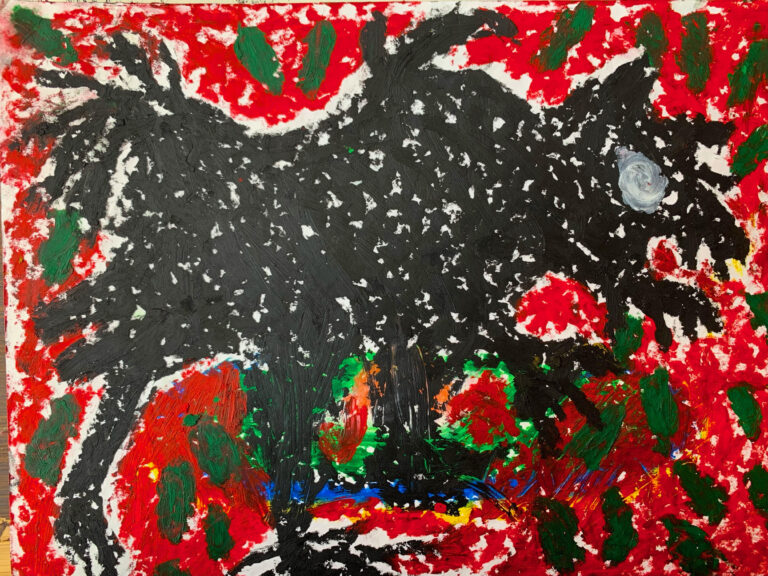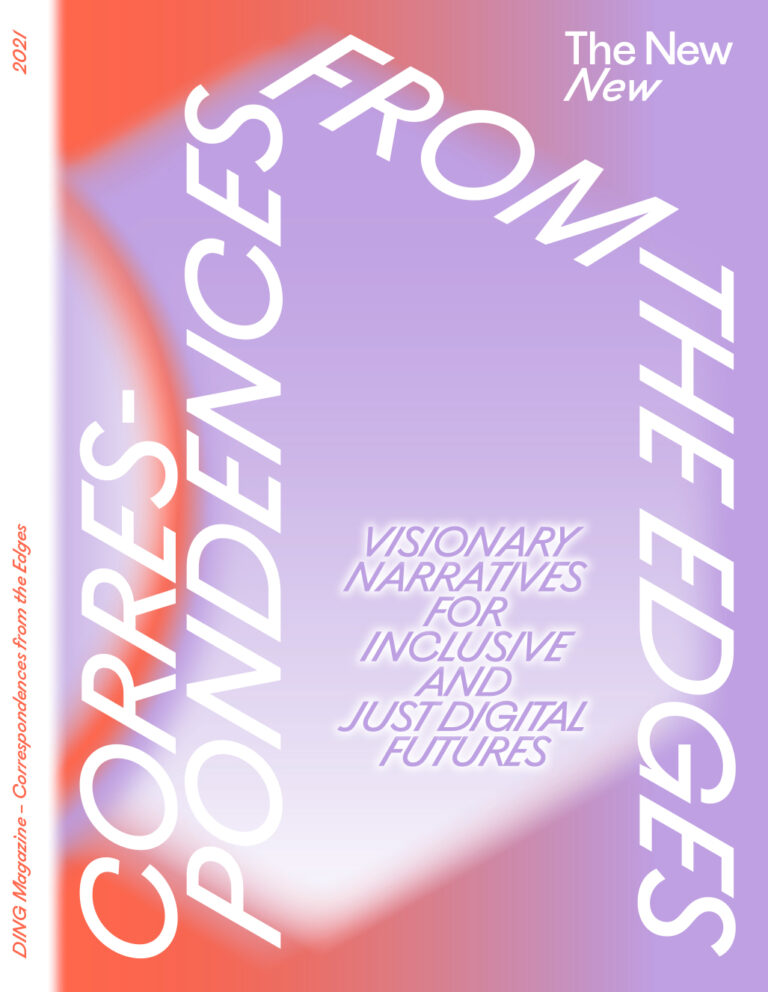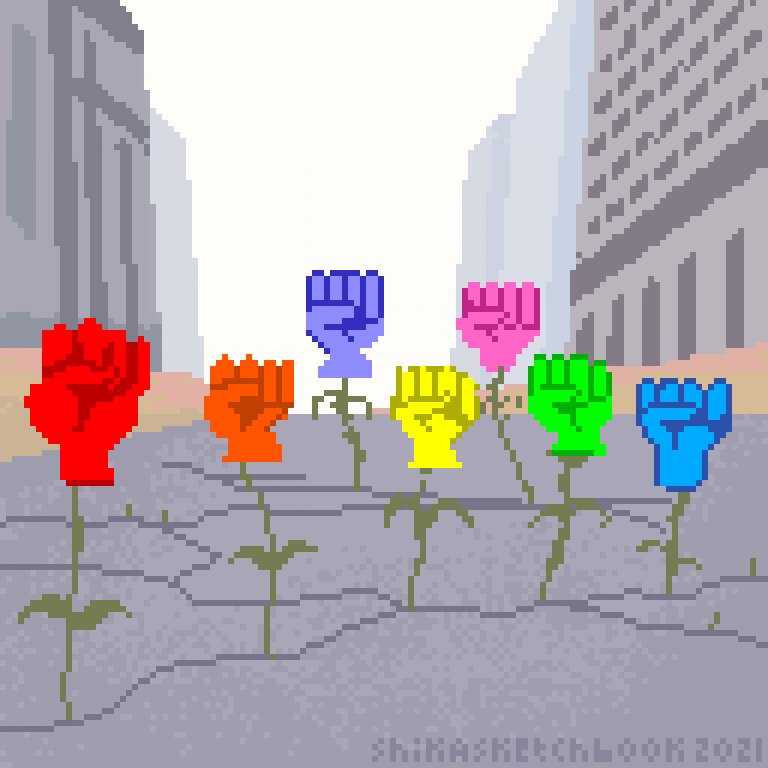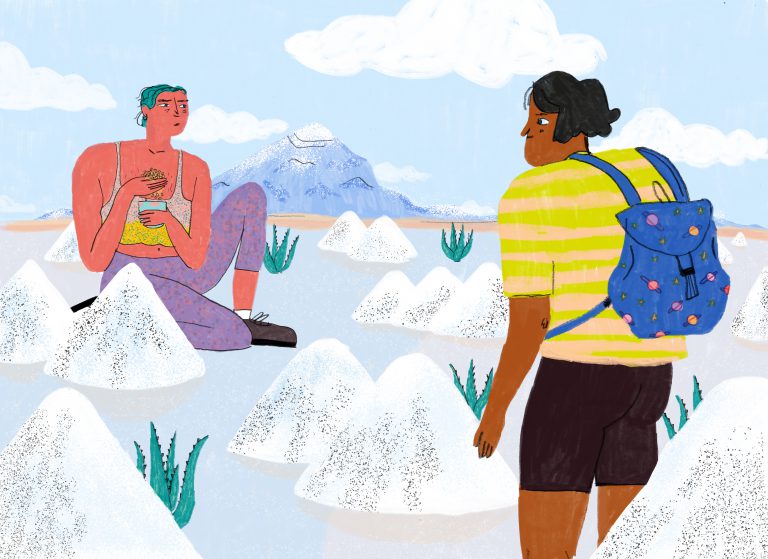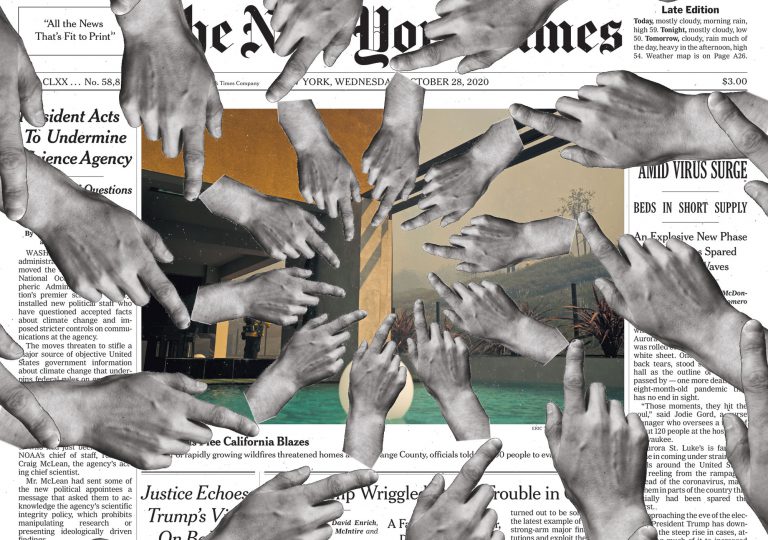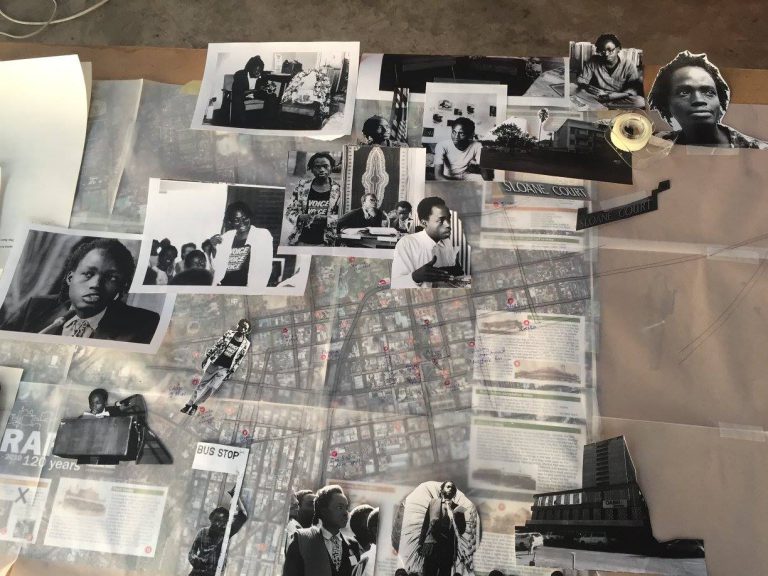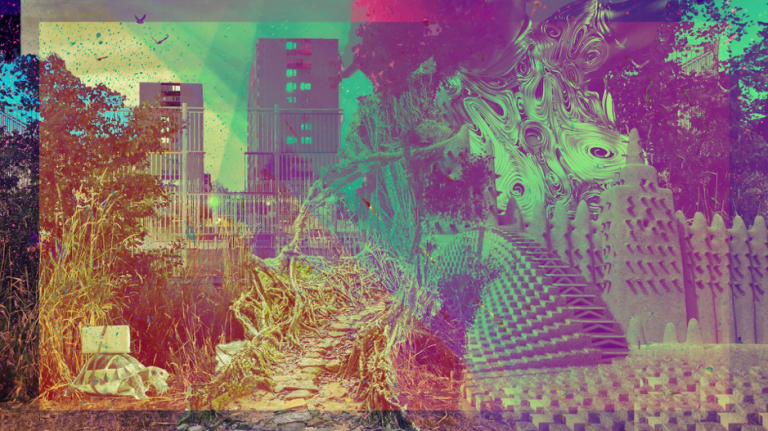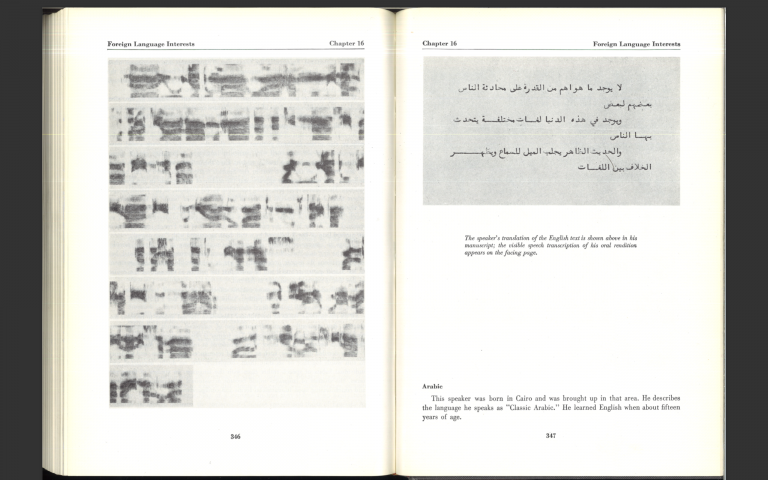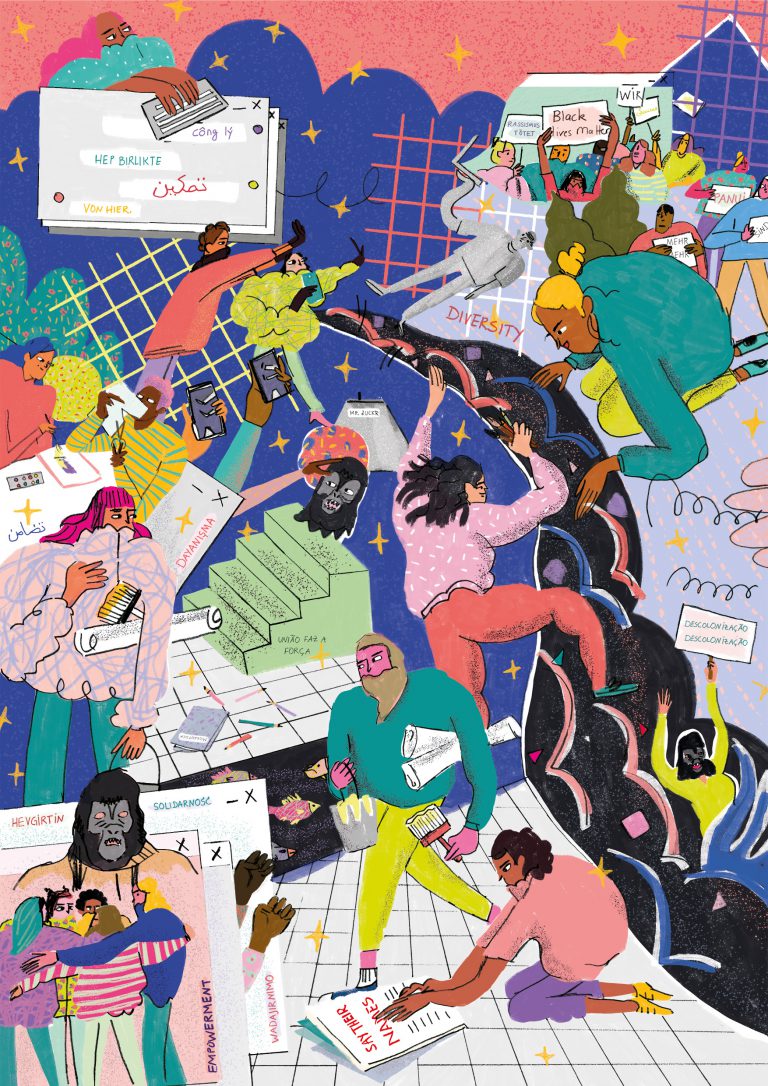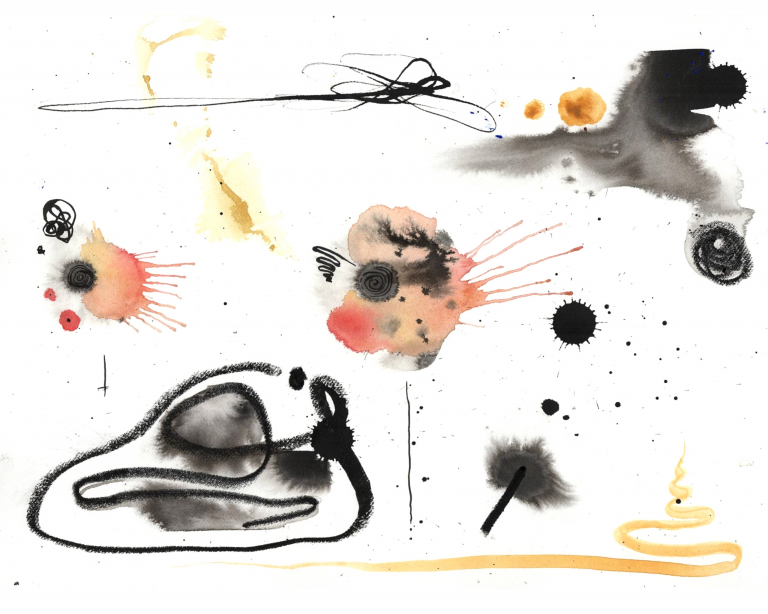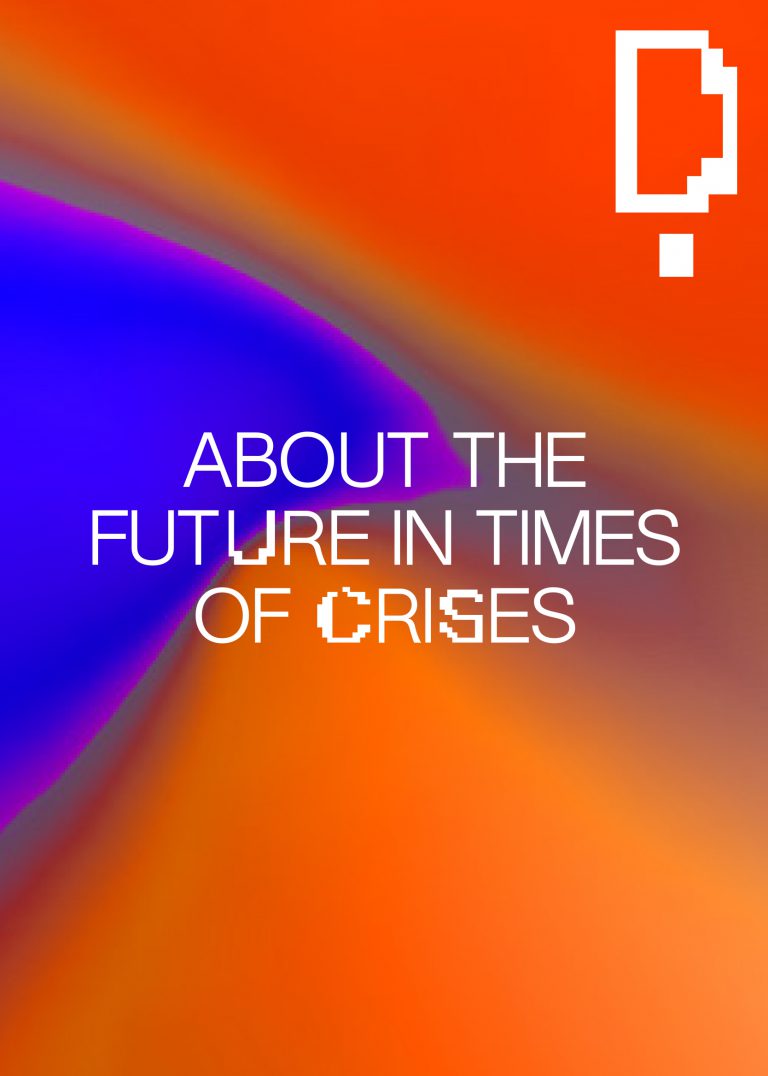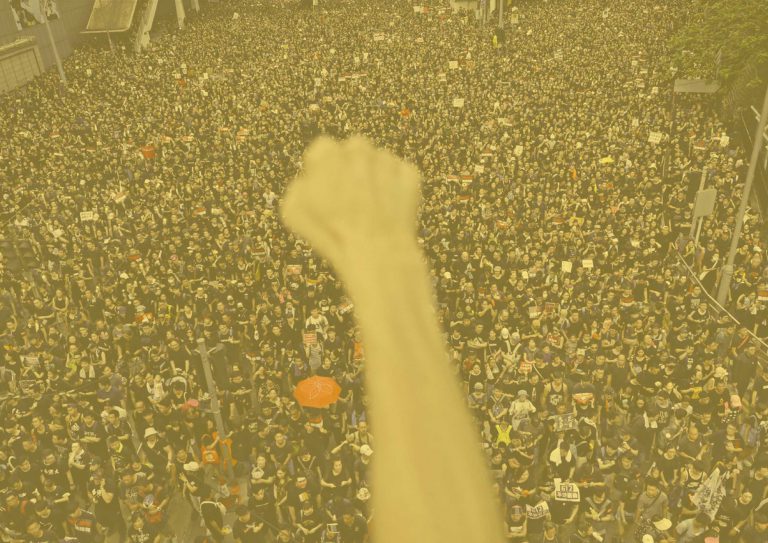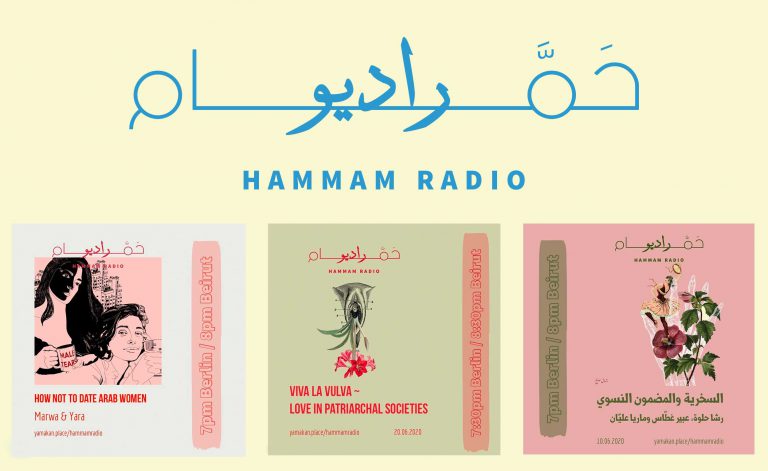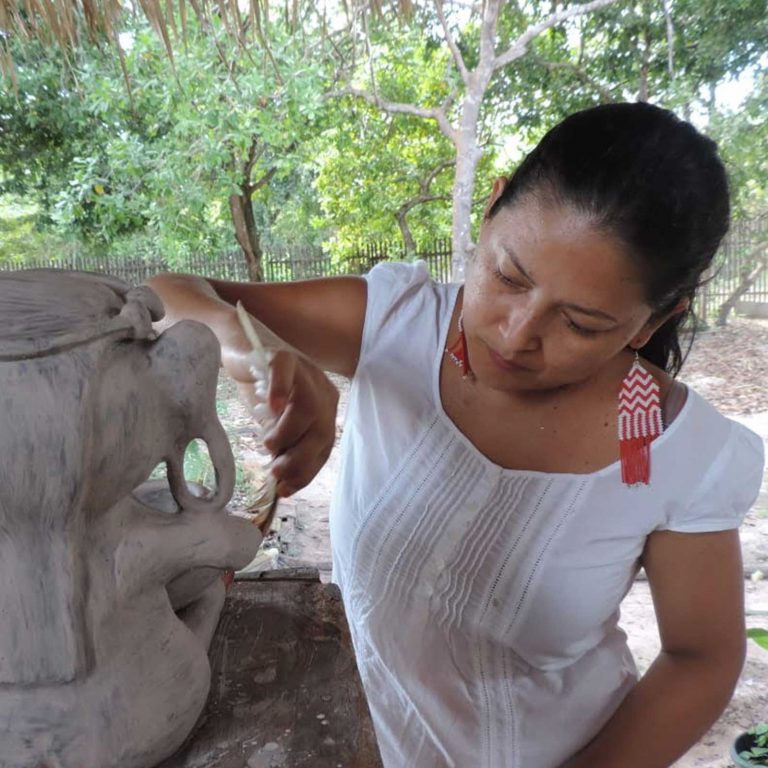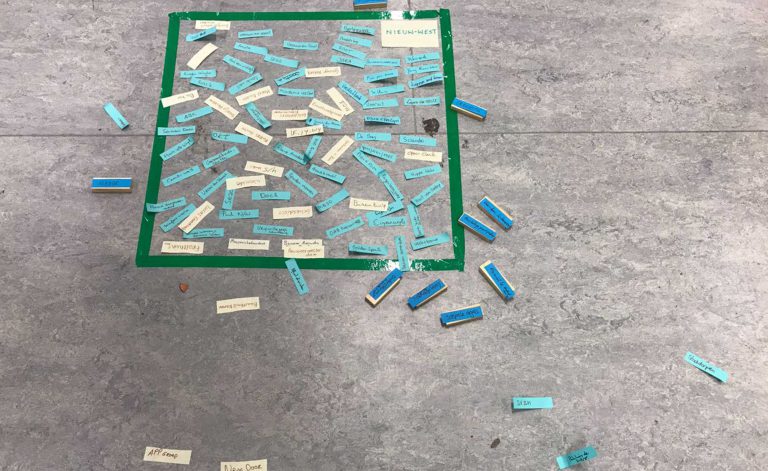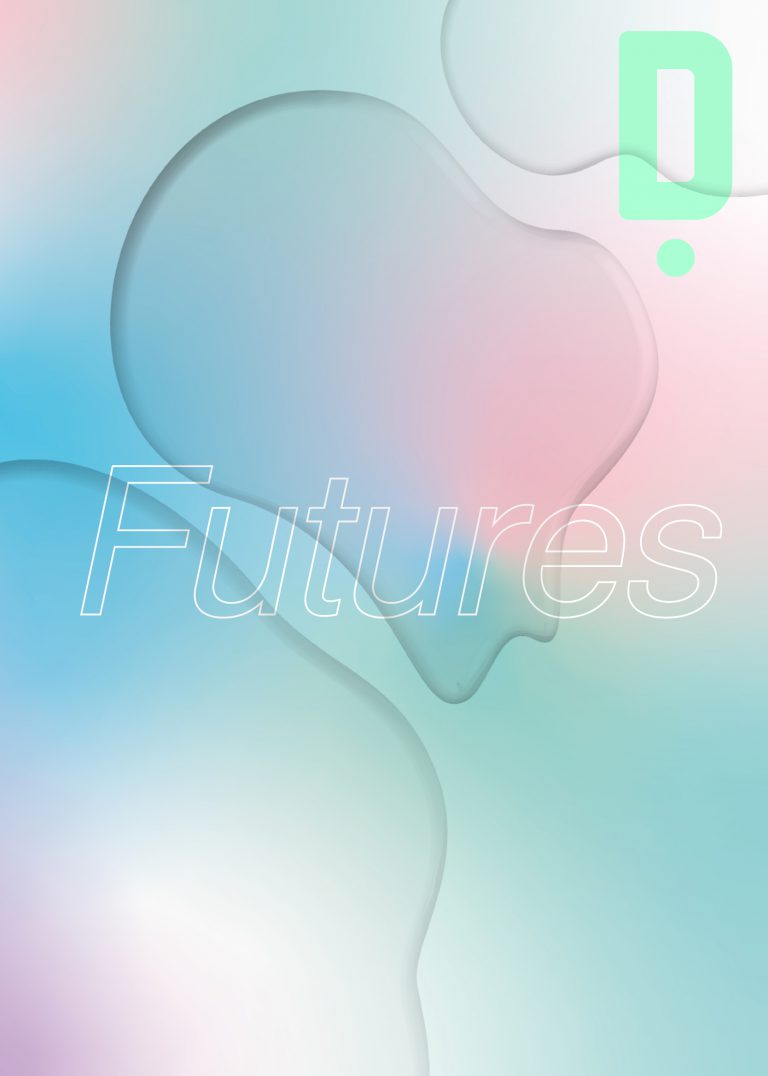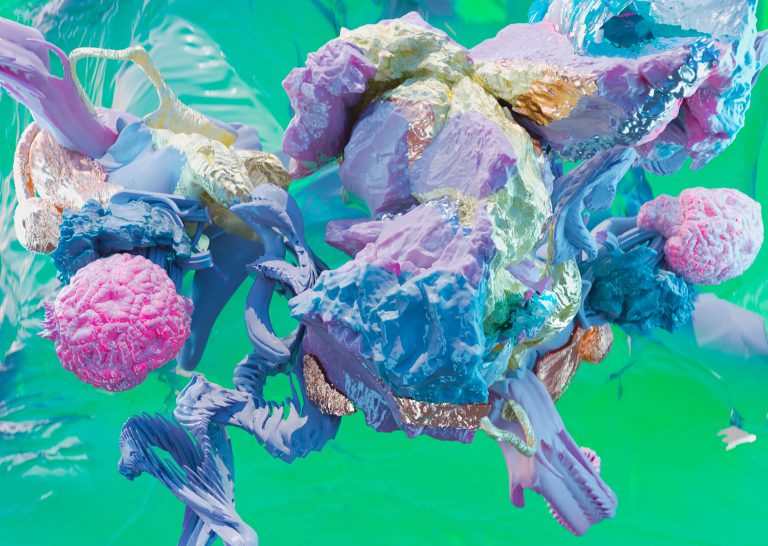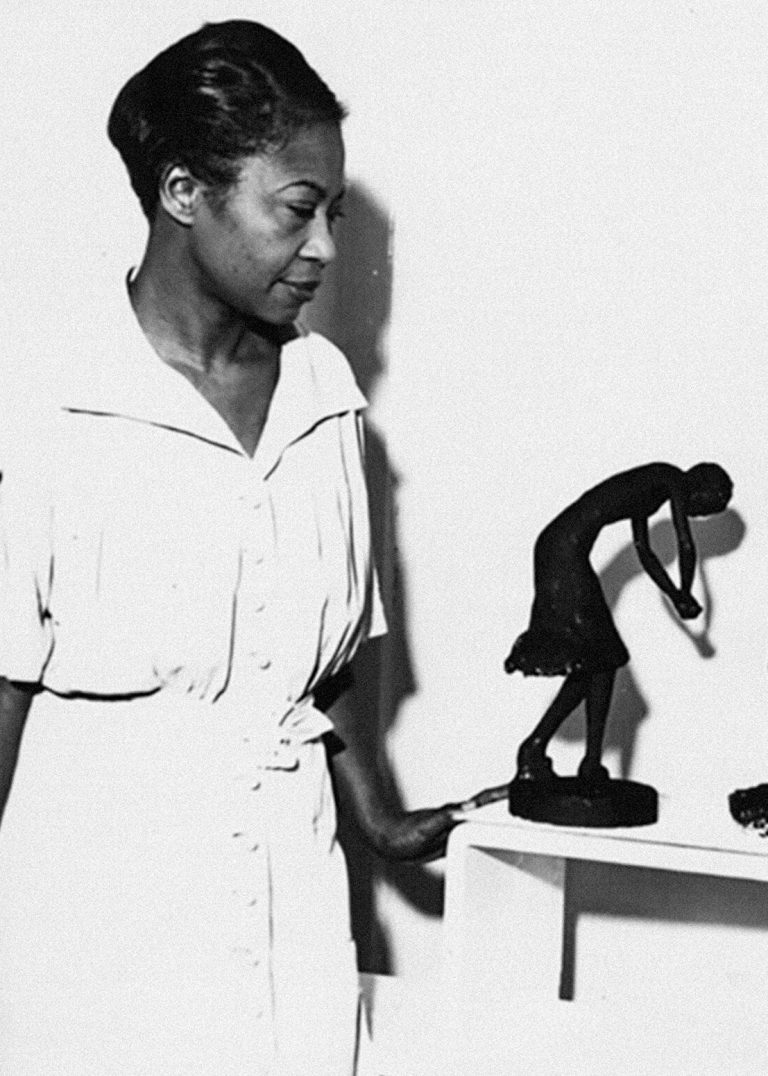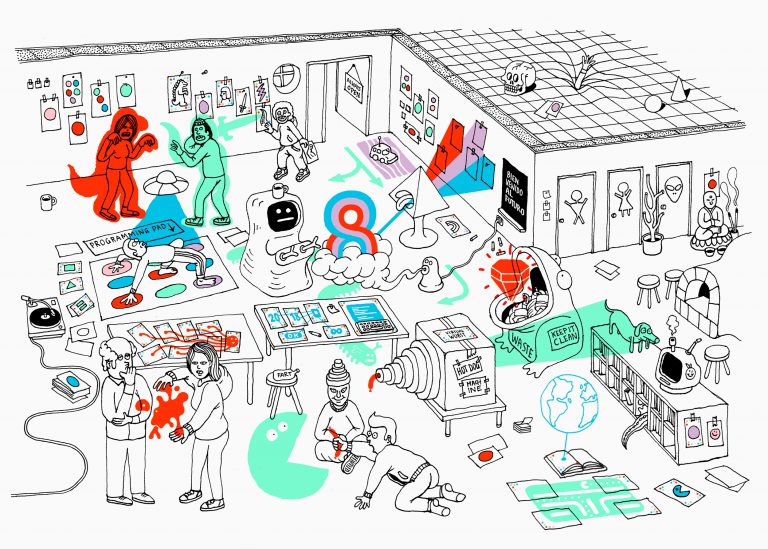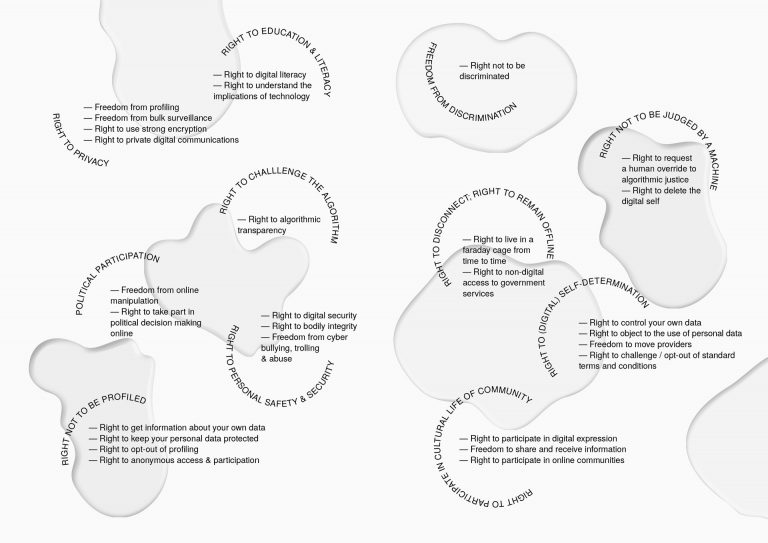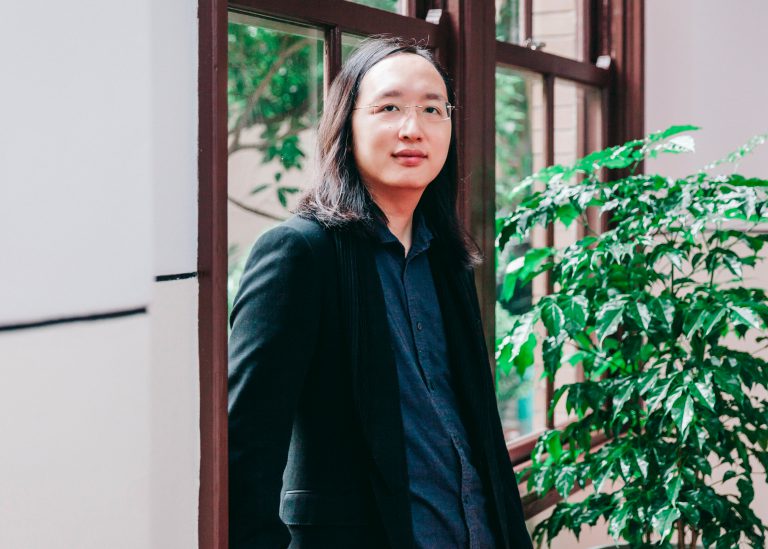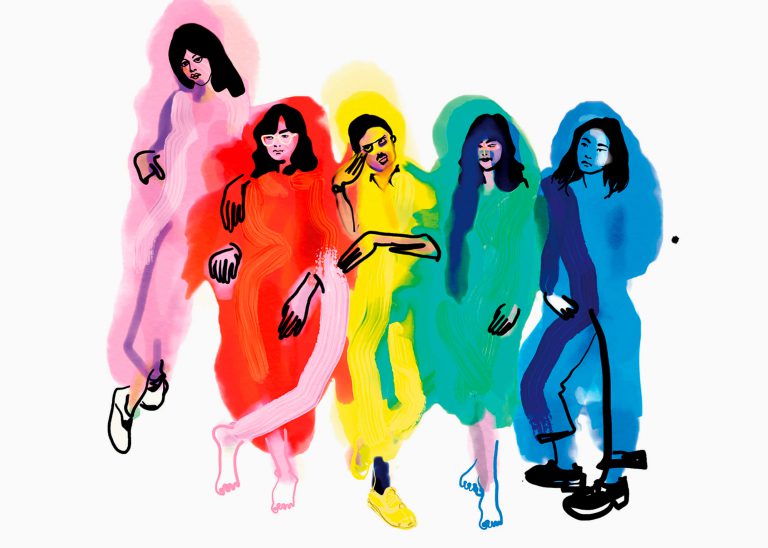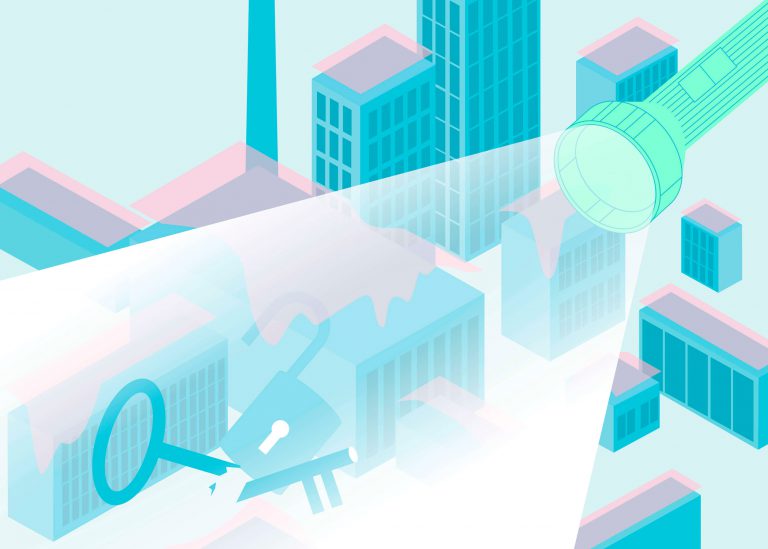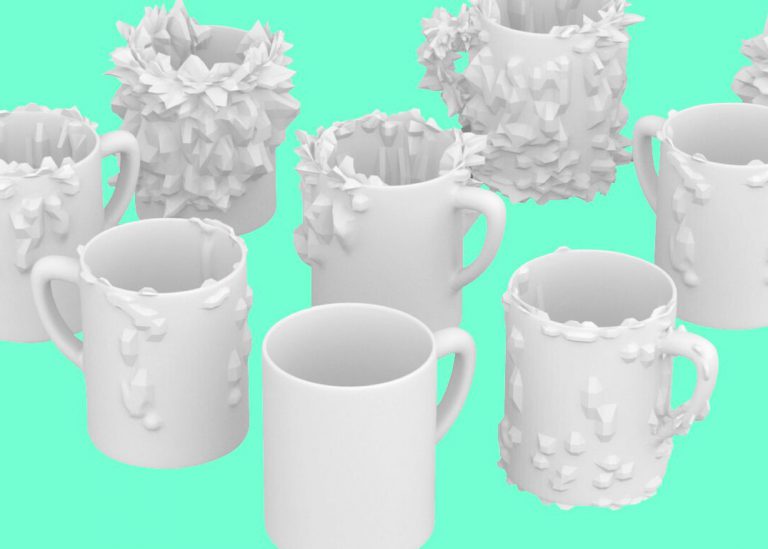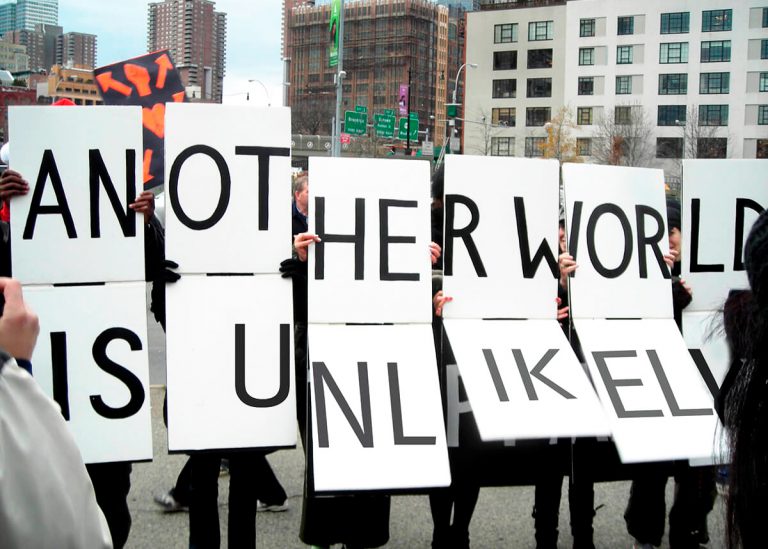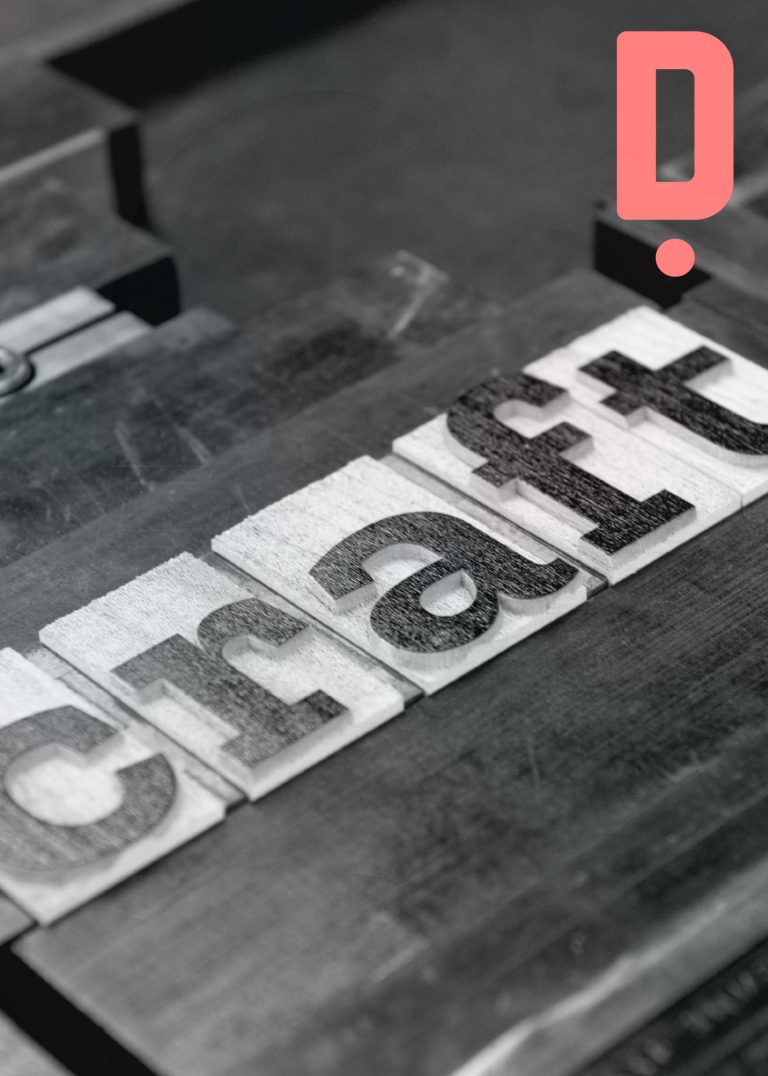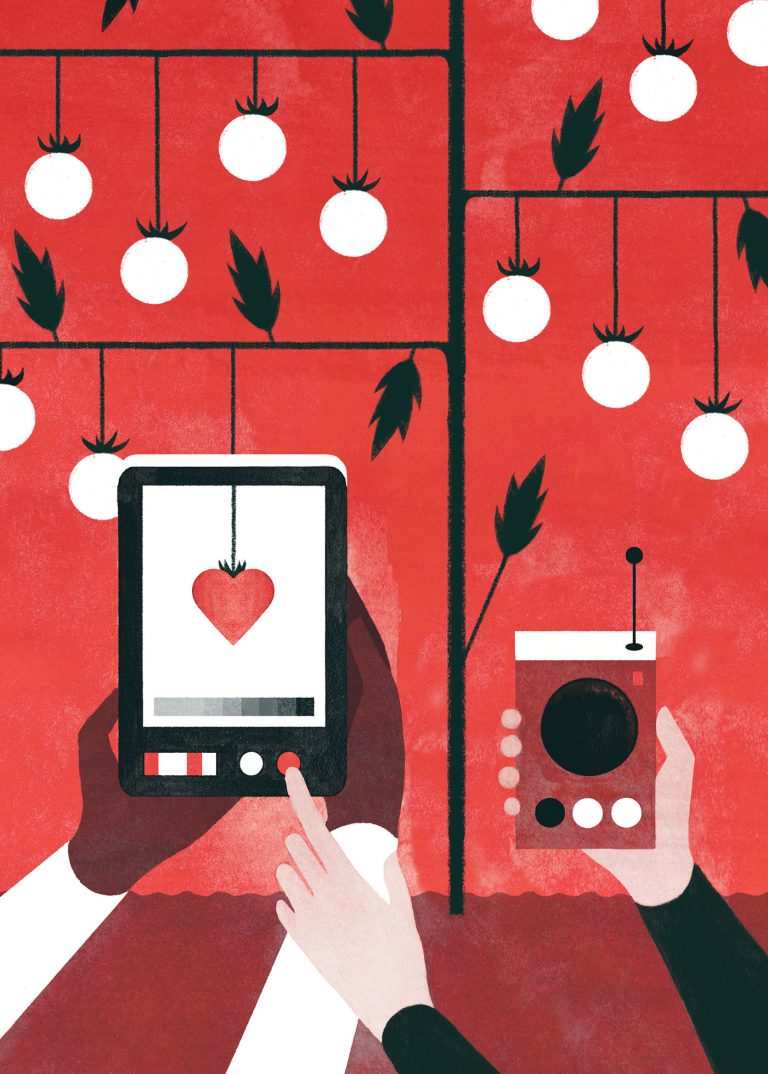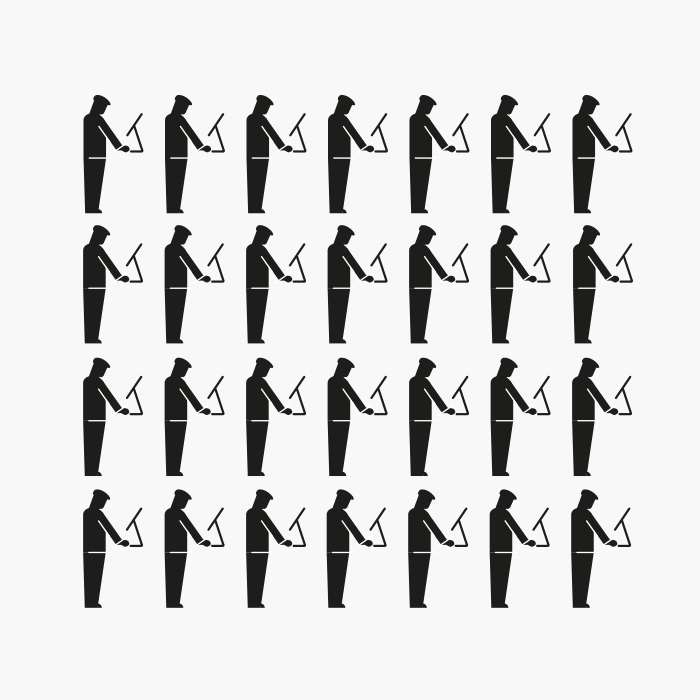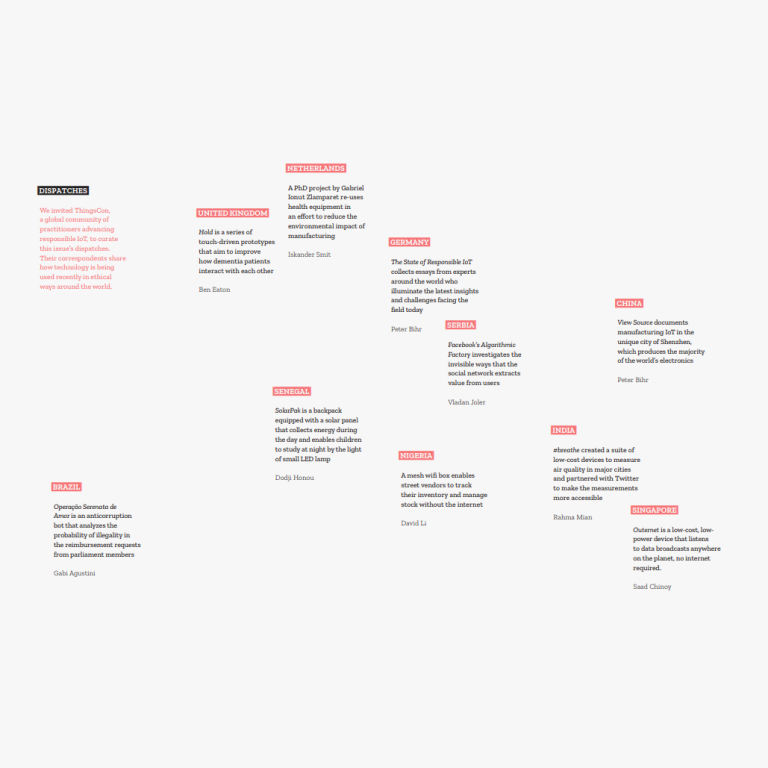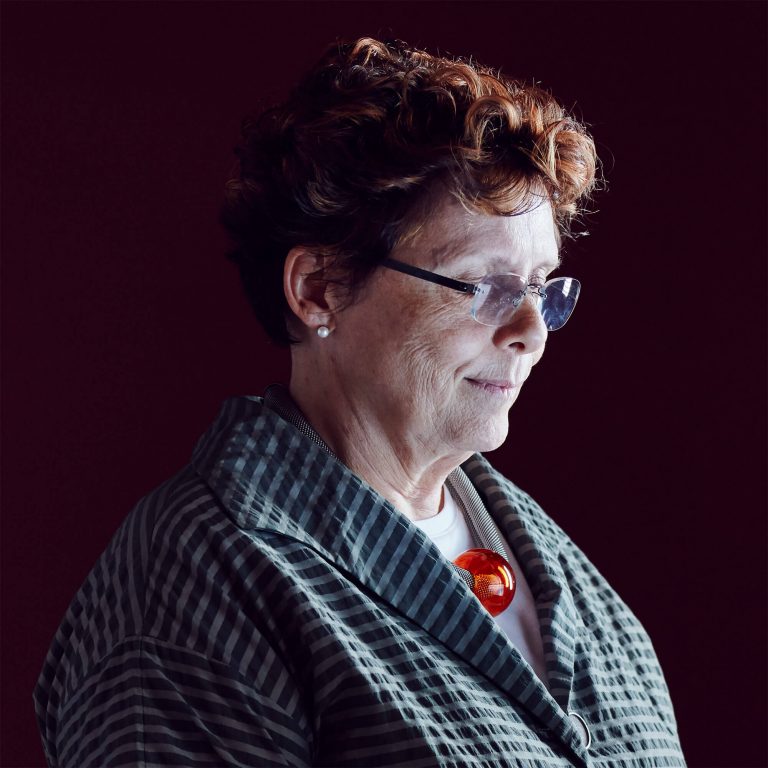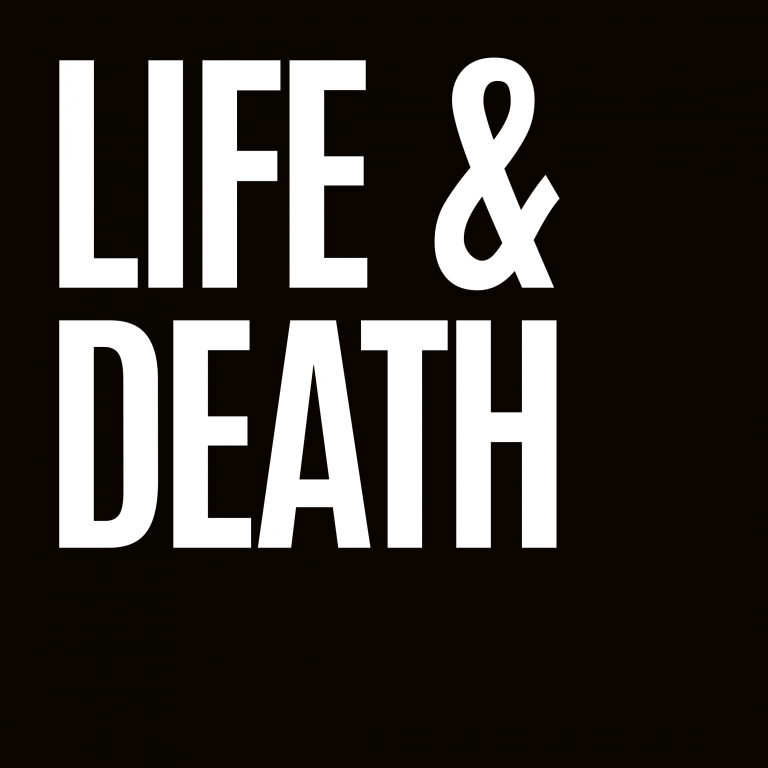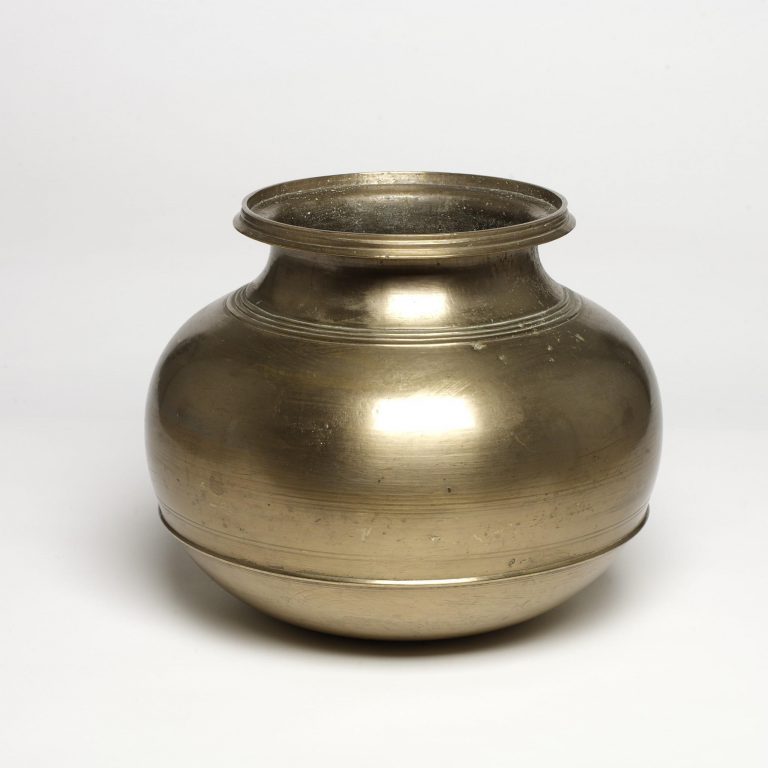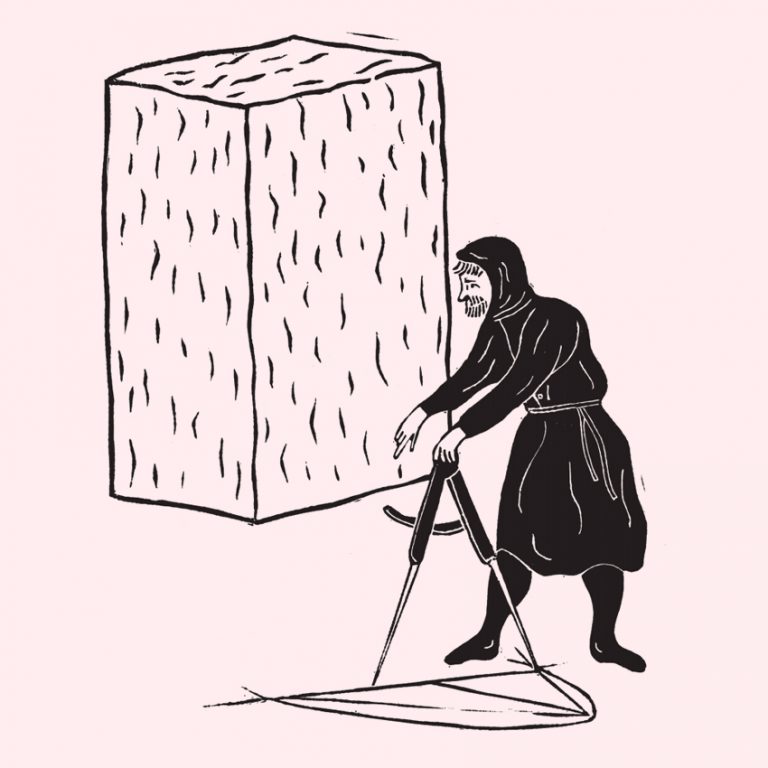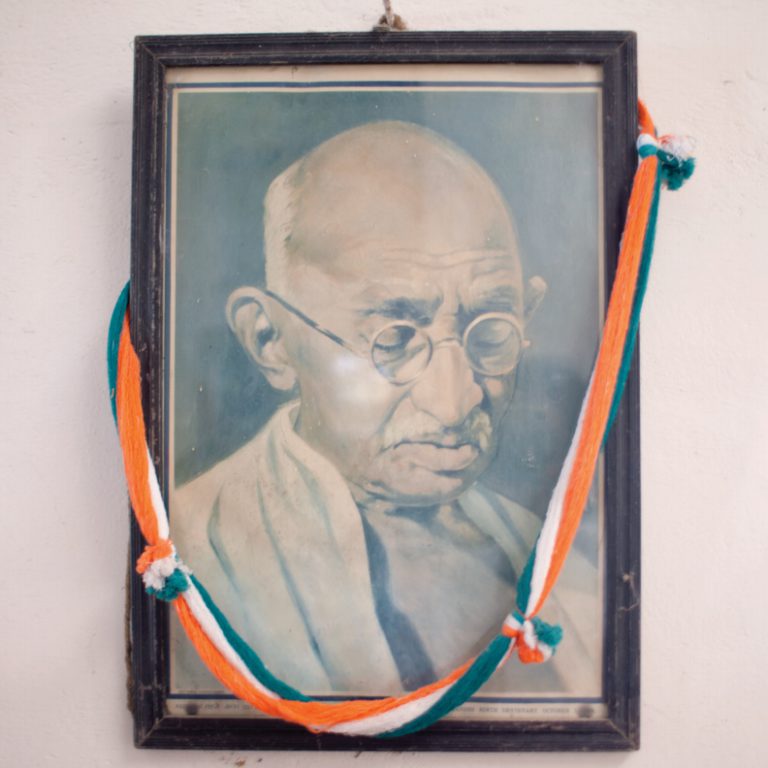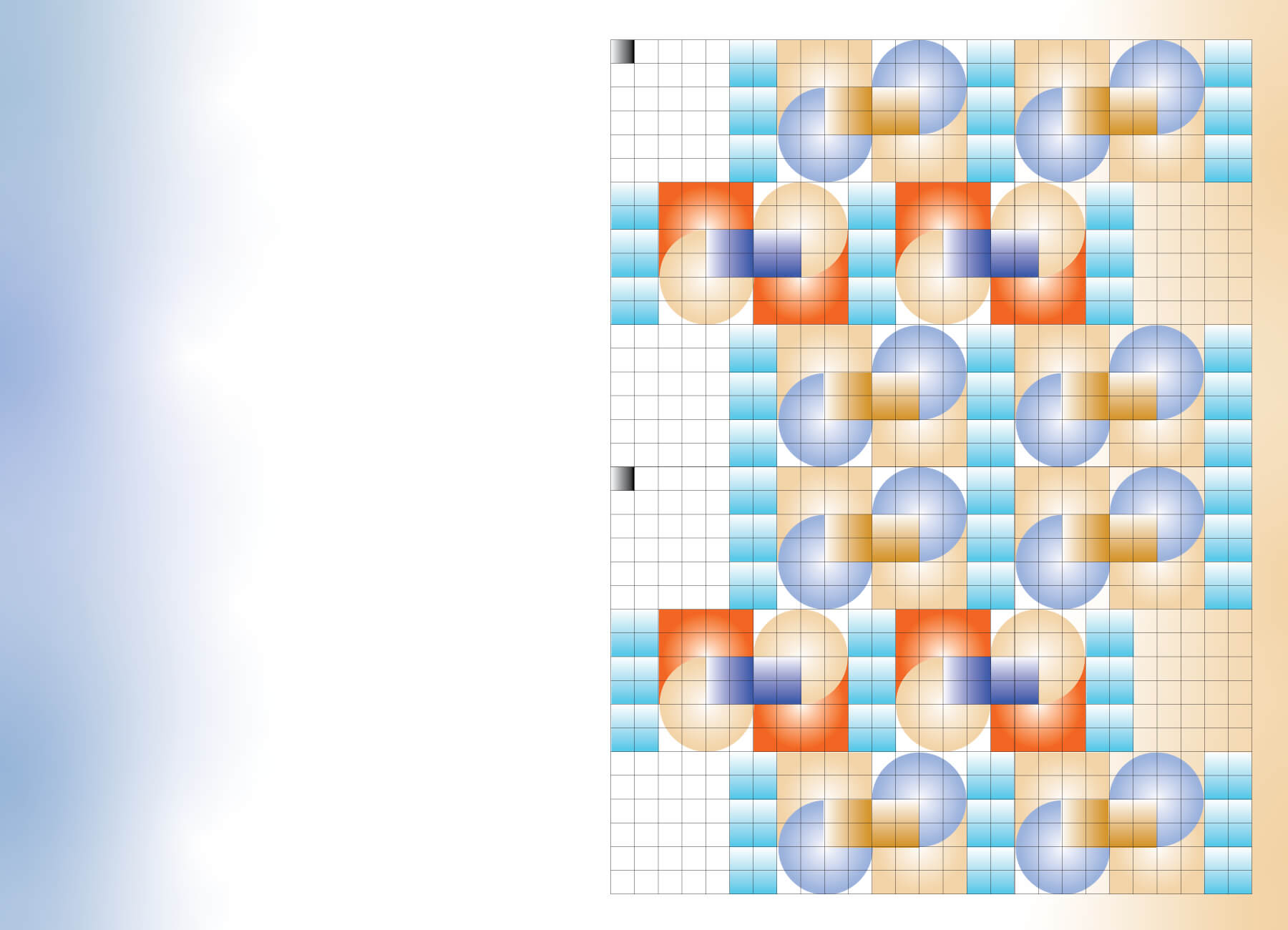
10.04.2025
I’m standing in a room with about 45 people, all crammed into a space I’ve marked out on the floor with cushions that replicate the dimensions of a tiny Parisian apartment. Though we are in a small town in the middle of Portugal, I’ve asked everyone to imagine they are, actually, at a very exclusive cocktail party – one with a difference, for the cocktails at this party are cocktails of smells.
The Totnes Time Travel Programme
Wind the clock back an hour, and the same group is standing around me in a circle with their eyes closed. I tell them that in my hometown of Totnes in the south west of England, we have created the world’s first fully-functioning time machine, an impressive achievement. I tell them that although the original device was modelled on the chassis of an old bus, Brexit had made getting an export licence for a time machine fraught, costly and time-consuming, so our team of engineers created a device that could turn any space into a time portal. This device is contained in a small box which, when opened, fills the room with the beautiful pink light we are now all standing in.
I tell them that the future we’ll be travelling to is 2030. It’s not so far away, but in this 2030, the inspired direction humanity took is obvious for all to see; its benefits are apparent and delightful. While this 2030 is no Utopia, it’s certainly no Dystopia, and it resulted from our doing everything we could have possibly done in the intervening time. What a time it was. Exhilarating. Thrilling. We discovered how much more resourceful and creative we were than we could ever have imagined. We reimagined everything because we had to. It’s work in progress, but it’s extraordinary.
I invite them to close their eyes and imagine a door, on the other side of which is that 2030. I invite them to reach out, open that door and step through, using all their senses. “What does it look like, feel like, taste like, look like, smell like?” I ask them. You could hear a pin drop. I always love looking round the room at this moment; something profound is happening. After a few years doing this work, I came across the perfect description of what I’m doing: “sensual futuring”. Ouassima Laabich coined the term: it means “centring questions like ‘How do inclusive futures sound, taste, feel, smell…?’”.
After a couple of minutes, I invite participants to turn to their neighbour and, still with their eyes closed, share what they experienced. It’s often quite a poignant moment. Afterwards, I bring the group back together to share their reflections. I’ve done this many times now, and certain things come up every time. “The birdsong was so much louder.” “The air smelt so much cleaner.” “There were fewer cars.” “The city was so much greener.” “People seemed so much more relaxed.” Of the thousands of people I’ve done this with, not a single person has ever said “We’ve got a new IKEA that’s four times bigger than the one we had before.”
Nostalgia for the future
Then, I put them into groups of four to capture their shared visions in drawings and words. These will be shared with the rest of the group half an hour later in our gallery of the future. People walk around the room in silence, enjoying all the different representations of the futures people dreamed, realising that, perhaps, we all have a lot more in common than the world allows us to think. Afterwards, I give each participant a paper cup in which to create a cocktail of smells which captures the scent of the future they imagined. I call this activity “Making Scents of the Future”. They can go outside, to the kitchen, wherever, but they must make a cocktail and give it a name because, after all, all good cocktails have one.
This time, when they return, there are earthy smells of soil with citrus overtones, there’s bread dough mixed with tree resin, there’s one just bursting with a powerful sense of green. There’s the subtly alluring scent of early spring flowers. There is lavender, there is fresh grass. Their names include “Cut Grass”, “Eucalyptus Mud Rain” and “Fresh Futures”, and our cocktail party fills with laughter, bright eyes, connection and a lot of different aromas. I put on some party music and invite people to “work the room”, to not get stuck discussing one smell, but rather to smell and talk about as many as possible.
Something rather magical happens. I’m reminded of the words of the poet Rilke, “the future enters into us in this way in order to transform itself in us long before it happens”. Human beings have a powerful relationship to smell. We can remember 10,000 smells and attach emotions and memories to each. Creating the experience of being able to smell not one, but 45 different smells of the future does something very powerful to our imagination – it allows us to create “Memories of the Future”.
Another project I’m involved in, one that I also weave into these workshops, is called “Field Recordings from the Future”. I go to places that already sound like the future needs to sound like: underground mushroom farms, car-free neighbourhoods, bicycle rush hours, regenerative farms, landscapes rewilded by beavers and so on. I work with an amazing ambient electronic music producer called Mr Kit who transforms these recordings into immersive pieces of music that cultivate a “nostalgia for the future”. The music we’ve created will be released as eight tracks in June 2025 and will also be an immersive live experience with video and light projections.
What happens in our brains when we engage in sensual futuring
Exactly the same neural pathways are activated when we imagine the future as when we remember the past. It’s no surprise really: when we are trying to imagine the future, we can only be as imaginative as the stories and experiences in our memories that we combine to create this imagined future. If we just watch Fox News all day, imagining a low carbon, more socially just, more inclusive future is so much harder because our imaginations have nothing work with. But when we create the opportunities for people to imagine the future with others – in ways where they laugh, cry, are moved by it, where they see, taste and smell the future, draw it and inhabit it so it gets into their cells – then something very interesting happens. The next time they reach into their memory to help imagine the future, they’ll find this bright shiny sparkly thing to which they have attached so many positive emotions. A memory of the future.
What if this approach were translated into how we design political movements? What might it look like? Political theorist Wendy Brown writes that “only a compelling vision of a less frightening and insecure future will recruit anyone to a progressive or revolutionary alternative future – or rouse apolitical citizens for the project of making that future. This vision must be seductive and exciting, and it must be embodied in seductive and exciting leadership and movements, hopefully oriented by an ethic of responsibility”. Seductive. I’ve been part of the climate movement in different ways for decades, but I’d never before heard the word “seductive”. Thanks to Ouassima, we might now add “sensual” to what our activism might look like.
The power of longing
In my own experience, this work of engaging all the senses is effective in such a different way to just imagining that giving people enough information will lead to the change we need (which it’s now clear doesn’t actually work). It makes me wonder if actually, those of us working to make the world more just, more fair and low carbon, make a world that delights in its diversity, is that we need to get a whole lot better at cultivating longing. Longing is what Prentis Hemphill, in her book What It Takes to Heal, describes as “that vulnerable, stomach-dropping craving”. You know what I mean. Remember your first love. All great shifts in the world were preceded by the cultivation of longing, by the stories that pervaded our culture and that swept us forwards, that allowed us to rehearse what it would be like if that became our future.
Reflecting on the combination of cheap sci-fi novels, popular science books, terrible B-movies and cartoons that preceded the Apollo Moon landings, Michael Benson wrote in the New York Times in 2019 that “most major achievements, be they personal or collective, arrive after rehearsals. Some unfold as flights of the imagination …. an entire branch of speculative fiction – novels, short stories and also feature films – lies behind the first human footprints on another world”. It’s no accident that the first mobile phones looked and felt like the phasers on Star Trek, or that the first automatic sliding doors appeared ten years after they appeared in Star Trek. We all enjoy Zoom, but the first time we saw anything like it was also in Star Trek, with their “telepresencing”. A generation grew up watching that, and wanting it, and so now we have it.
If the focus of our movements for change becomes the cultivation of longing, in a way that engages with and appeals to all our senses, that helps people to fall in love with the future, then we have to appreciate that as activists and change-makers, we need help. We can’t do this on our own. Climate scientists and climate activists are brilliant, but cultivating longing is not necessarily their forte. We need to work with screenwriters, street artists, poets, designers, people who work in advertising, musicians, chefs, perfumiers, those in our culture who cultivate longing for a living. Then, perhaps, we might get somewhere.
Which takes us back to our cocktail party of smells in that small town in Portugal. The thought struck me as I moved among the group, sampling the smells, of how different things would be if, instead of, for example, launching a policy document full of ideas about how the future needs to be, we instead invited people to a cocktail party of smells that immersed them in how that future would smell. Or a feast of dishes that taste like that future. Or a concert of sounds harvested by time travellers, or a presentation of the artifacts they brought back from those recent adventures. The novelist Don DeLillo once wrote that “longing, on a large scale, is what makes history”. Remember that, and we’ll make it come true.
